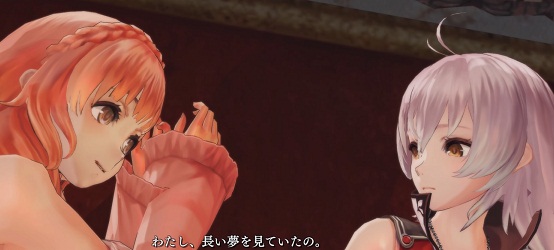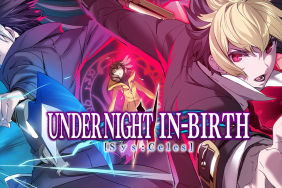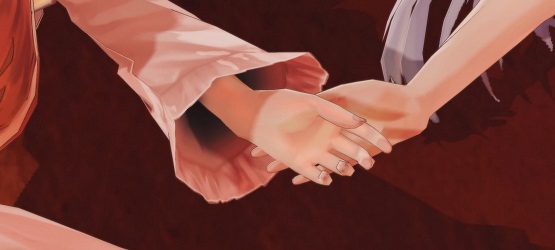
I was pleasantly surprised by Gust and Koei Tecmo’s PS4 action RPG Nights of Azure.
Nights of Azure looks good and plays smoothly in all situations, with frame rate drops coming only on rare occasion. Gameplay never got bogged down by performance issues and what’s more, the action was always fun to watch during my playthrough. Dark blues and purples work well to keep the nighttime theme strong and, as a bonus, give great backdrop for all the fancy spell effects.
Sad reality is that Gust doesn’t have a ton of budget to put into these games, so you’ll see its imperfections fairly often. Whenever characters interact, you’ll see graphics overlap and clip and otherwise look goofy. It’s forgivable and understandable, but that doesn’t mean unnoticeable.
With a couple of standout tracks, the music delivers. In battle, chilling at the hotel, or anything in between, the audio was always good. Even the vocal theme in Underwearland worked somehow.
Nights of Azure‘s core plot is basic, but the character-focused side of the story earns credit for doing something less than common in JRPGs: it tells a love story between homosexual characters who aren’t stereotyped to the moon and back. A lot of games and anime have “accidental” half-naked run-ins, awkward situations, games of grab-boob, or unrequited love between women, but Nights of Azure goes the genuine route and ends up much stronger for it. We see the romance between Arnice and Lilysse unfold step-by-step, and by the end, we’re cheering for everything to work out for them. The two laugh together, fear together, and share a love the audience can take seriously, even if a lot of other anime tropes adorn Nights of Azure.
As much as you can take the girl out of anime, you can’t take anime out of the girl, to spin an old saying. While the leading ladies don’t have their homosexuality ZOMGsploited all over the place, it’s sometimes hard to find any place on screen not occupied by a giant boob. The hugeness isn’t the only funny thing, but the physics. Watch them some time — I mean really stare at them, like I did. They don’t just move while the girls breathe (as seen in Vanillaware games), but they move as if they’re balloons housing mice. It’s like there’s an animal moving around, trying to escape.
And since this is published by Koei Tecmo, there had to be stripping involved, right? In order to level up, Arnice has to dress down into the tattered remains of lingerie. Why? Because “it’s just us girls here,” in the words of our Lilysse-lookalike spirit hostess.
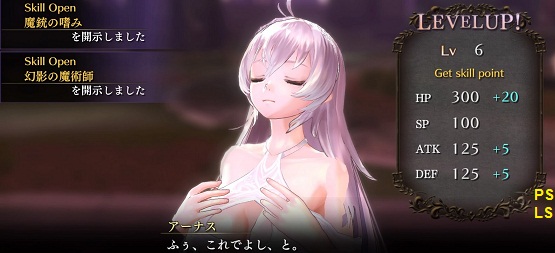
The characters, especially the dudes hanging around in the hotel, are straight from the shelves of Anime-R-Us. If you’ve ever played another Gust RPG, you’ve met these characters before. What’s more (or…less, really), they feel completely separate from the main story an kind of unnecessary. I button mashed through a lot of conversations with the two dudes who were plainly put there for comic relief. Nonetheless, they don’t drag things down much.
Arnice doesn’t fight alone. Players set up a few different squads of three monsters each, which will aid her in battle. They’re A.I. controlled, but one can issue specific commands to an individual monster or to the whole trio. Monster companions often have very clear strengths and weaknesses, making them generally classifiable as RPG archetypes: your tank, your healer, your magic blowshitupper, and so on. Arnice can switch teams of monsters at the player’s command, and some groups might be better for a given situation than others. They can wear swap equipment and level up special skills outside of battle.
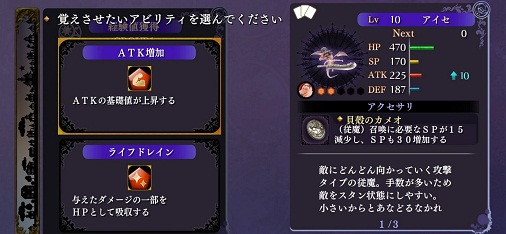
These monsters aren’t just slapped with some gear and sent out to battle, though. Each member of a battle squad has an influence on Arnice’s transformation. With one group, her super form might be a demon that unleashes fast fire attacks; with only one monster swapped for another, she might instead change into a long-range magical angel. Every detail is important when assembling the monster squad. Neglect those guys and you will eventually end up paying for it.
Doing so might take some unnecessary time, as the menus aren’t as efficient one would expect. Equip and Remove are separate options, like it’s 1988, and you can’t look at your equipped items when examining potential new ones. This is strange coming from Gust, whose bread and butter is an RPG series in which menus are where you have half the fun.
After all the setup is in place, players take Arnice and company through sets of hacky, slashy, action RPG battles with timers looming overhead. This serves to emphasize speed; there’s no time for bullshit in Nights of Azure. Your job is to get out there and slaughter monsters to collect their blood. Gather enough blood and you can go to the naked zone and level up.
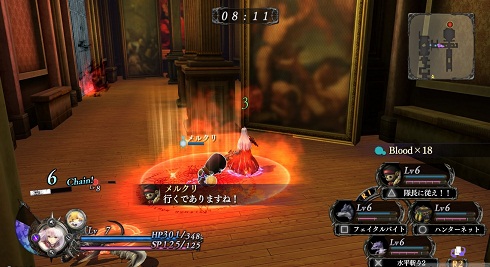
The short-to-mid-length Azure caps at level 11 (and you’ll only be getting to level 10 before the end credits), so proper planning is just as important as your stats. If you can’t get past a certain boss, there’s no way to just grind your way through it. This makes it both good and bad — depending how you look at it — that the game is pretty easy for RPG veterans.
At first, I was a little disappointed in the small amount of exploration available, but I later didn’t mind, as I could see the game hinting at me to get good at being really fast with the battle system. My freemuim radar went off that first time I saw a timer on top of the screen as I imagined someone saying “Buy a longer timer for $2.99!,” but there are no devious mechanics in place. Incidentally, that timer can be extended with some in-game currency, but that’s all — no microtransactions.
Moreover, even when you hit that limit and get sent back to your hotel, you keep your skill points and other battle rewards. You can still upgrade your abilities, give the monsters new gear, and all that good stuff, so you’re able to go into the next round faster and more powerful.
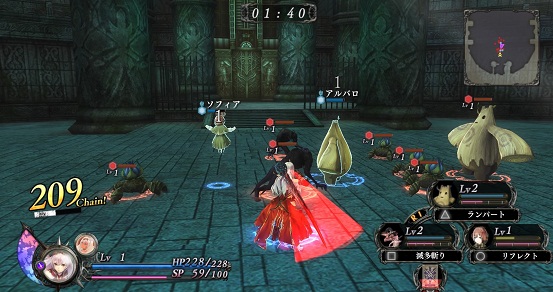
If there were frames dropped in battle, I don’t remember them. What I do remember is a surprisingly smooth, fast action RPG that looked good, even when my five characters were taking on two-dozen enemies.
It was overall easy, but with a huge difficulty spike before the final boss. Now, understand, duh, final bosses are supposed to be the hardest part — that’s not the issue here. It was jarring to go from almost never, during the course of the game, ever even panicking to suddenly wondering if a fight was even winnable. Without completing a certain side quest, the final boss seemed nearly impossible. The equipment from that one quest brought me from getting decimated to almost making the fight look easy. That’s how much emphasis was on this one item. It felt like that final battle’s difficulty was more about finishing a side quest than seeing if you could complete a natural increase in challenge.
At the end, as well, there isn’t much desire to return to Nights of Azure. It was fun and worthwhile the first time though — one of the more pleasant surprises in some time — but whatever was left undone after one trip isn’t exactly calling out to me, begging for more screen time.
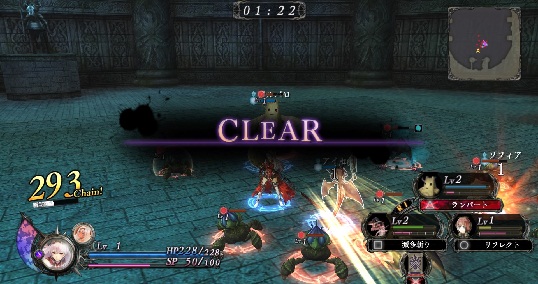
There’s a fun battle arena in the hotel basement, in which Arnice can take on all kinds of crazy challenges. Objectives such as defeating all enemies within a super-short time limit, beating all enemies with only the monsters, and not taking damage are just a few of the optional trials. This is definitely one of the game’s highlights, as it lets the battle system shine and lets players have fun with it in ways that may or may not occur in the real battlefields.
Nights of Azure ultimately exceeded my expectations. Whether that’s because it’s a good game or because I’m a jaded ass is anyone’s guess, but the point is, everything came together well. Battles were of a familiar style, yet new in their own way. The homosexual relationship at center stage is handled pretty much like a heterosexual relationship would be; any goofiness or flaws with it aren’t necessarily because of the lesbian lead characters.
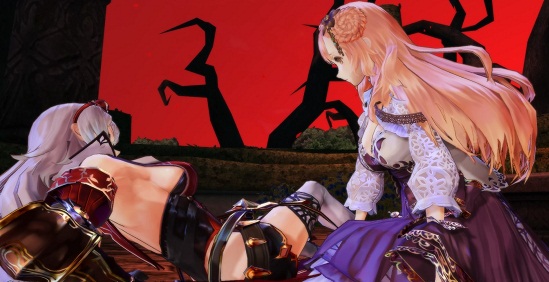
It’s always hard to put a final word on games that neither blow you away nor disappoint you, so I suppose I’ll end with simply describing that exact dilemma. Nights of Azure doesn’t set the world on fire, but as a Japanese RPG fan, I dig it.
Copy for Nights of Azure review purchased by reviewer. Reviewed on PS4. Vita version gameplay was not considered for this review and was separately evaluated here.
(Post-review notes for importers. Read the PSLS guide to importing here.)
While the gist of the story can be gathered through gestures and tone, you will probably be lost without a solid knowledge of Japanese. This game in particular doesn’t have the deepest or most original of setups, but I can imagine it would lose something if you couldn’t understand the conversations between Arnice and Lilysse. Things would only get worse when players must make Arnice answer questions about Lilysse. These are important, so if you can’t roll with the Japanese language, it might be best to wait for the English version on March 29 in NA and April 1 in Europe.
The battle system and basic actions of can be enjoyed without knowing the language, if you’re willing to do some trial and error. Still, it might be frustrating if you can’t see what the new skills do or special aspects of your equipment are.
All dialogue is spoken as well as written, so if you’re okay in one area but not the other, you might be able to survive the import. Text and menus are mostly Japanese with occasional English thrown in.
-
Plays very smoothly
-
Dark aesthetic looks great
-
The music
-
Lesbian relationship done well
-
Emphasis on speed
-
Fun battle arena
-
A hotel with 100-foot ceilings and only like five people in it
-
Clunky menus
-
Though important, not a ton of detail or variety in the team building
-
Wow, that graphic overlap at times
-
Kinda easy, with not a lot of replay value
Yoru no Nai Kuni Review
-
Yoru no Nai Kuni Review
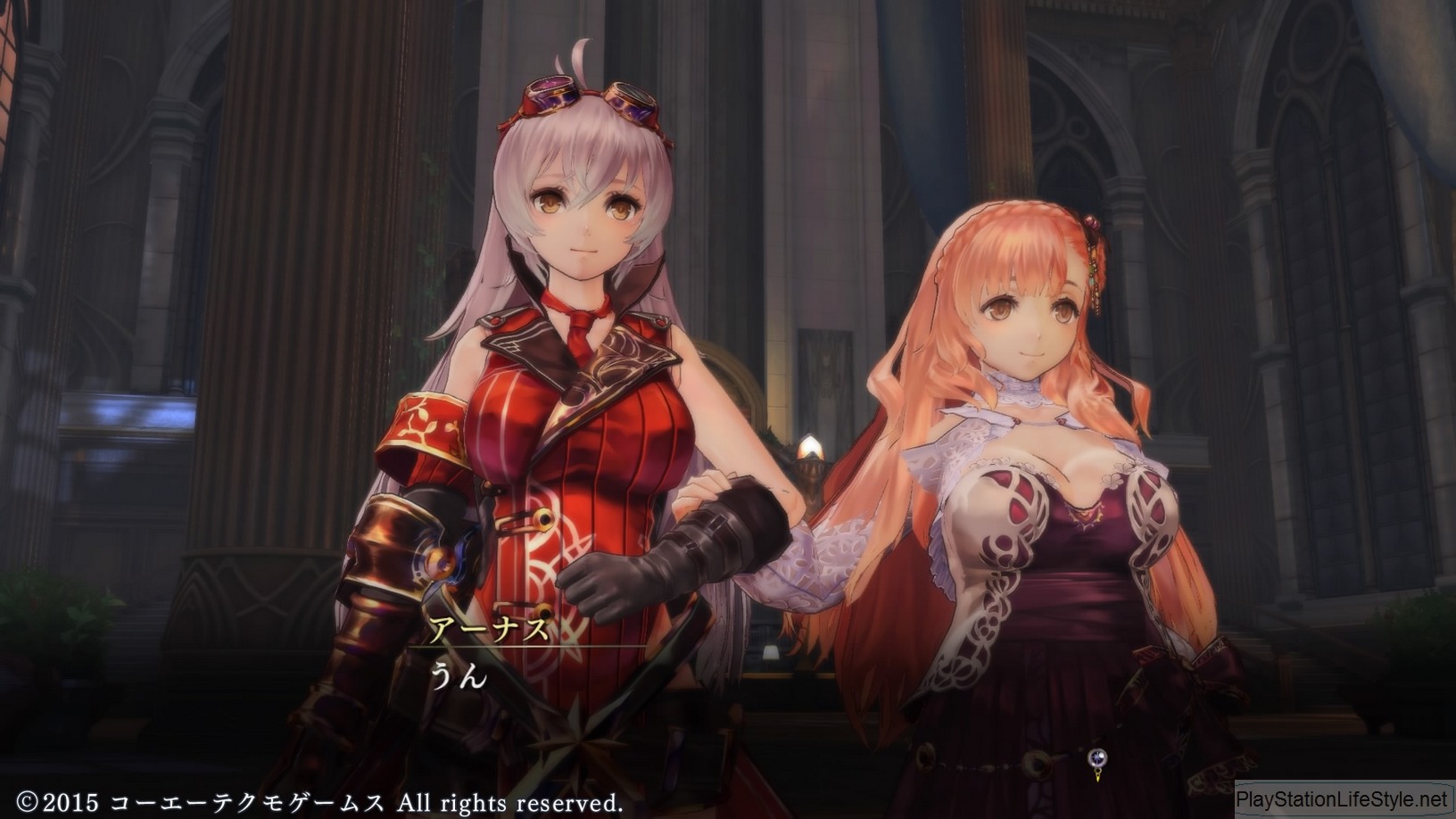
-
Yoru no Nai Kuni Review
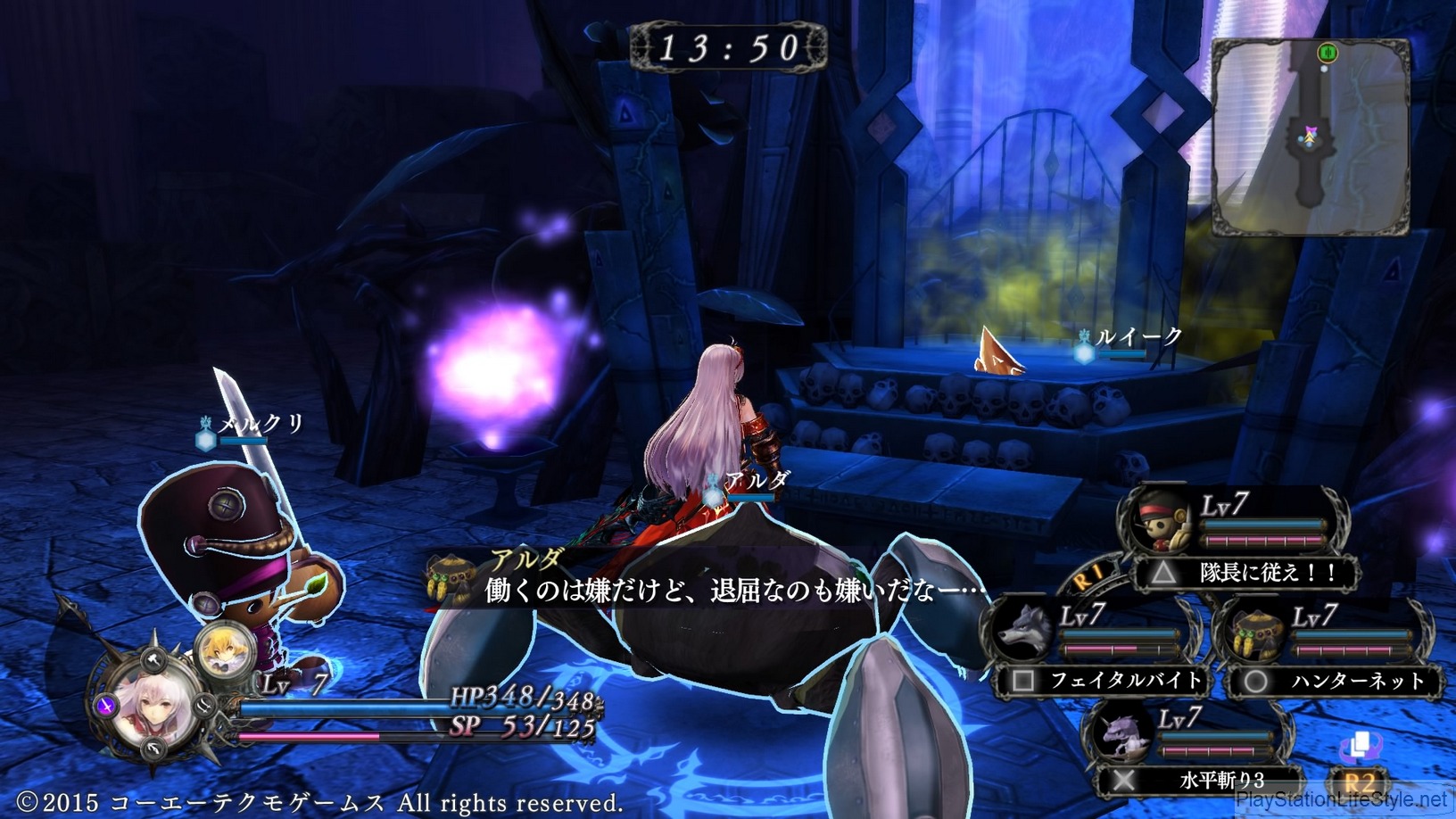
-
Yoru no Nai Kuni Review
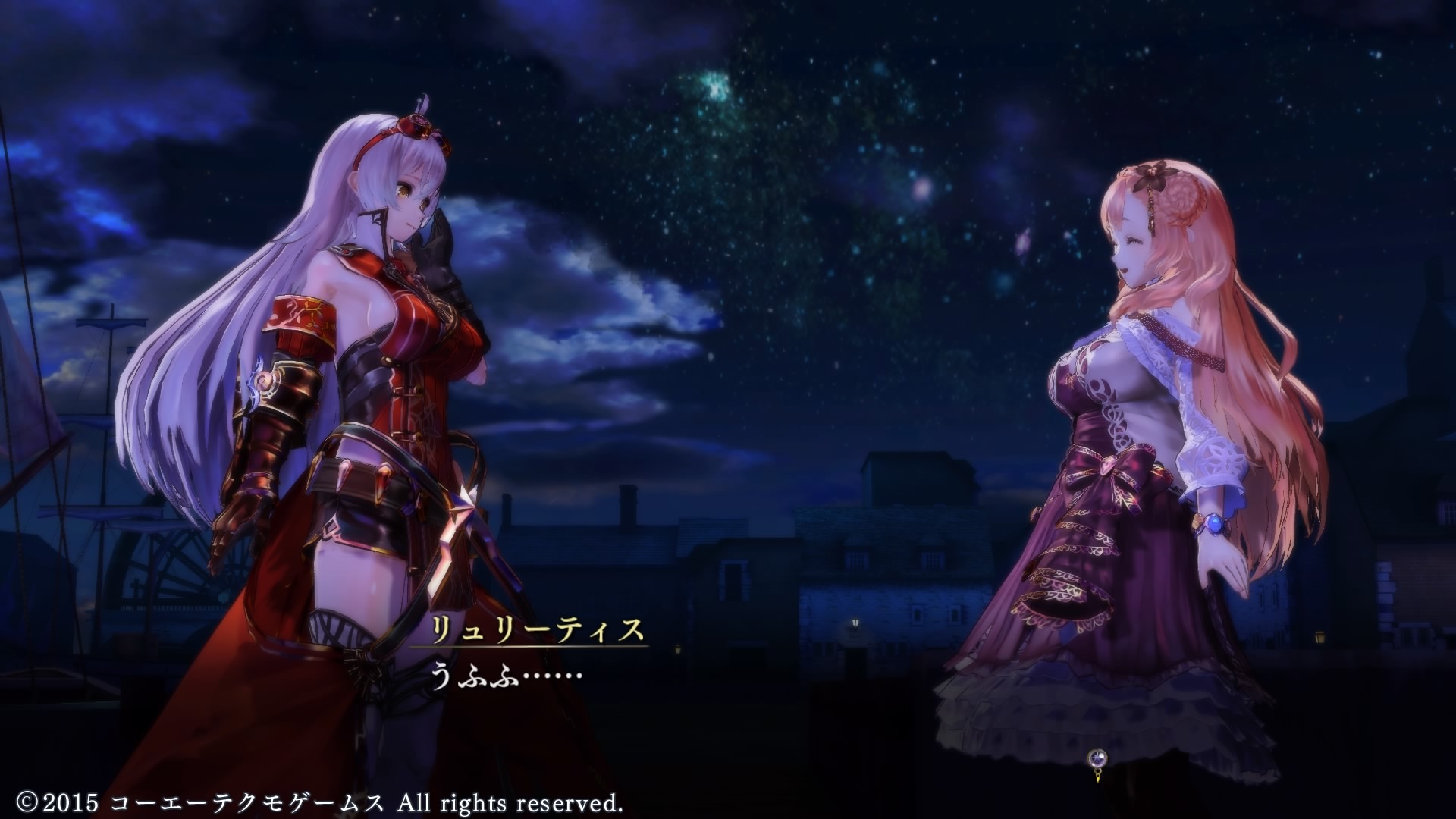
-
Yoru no Nai Kuni Review
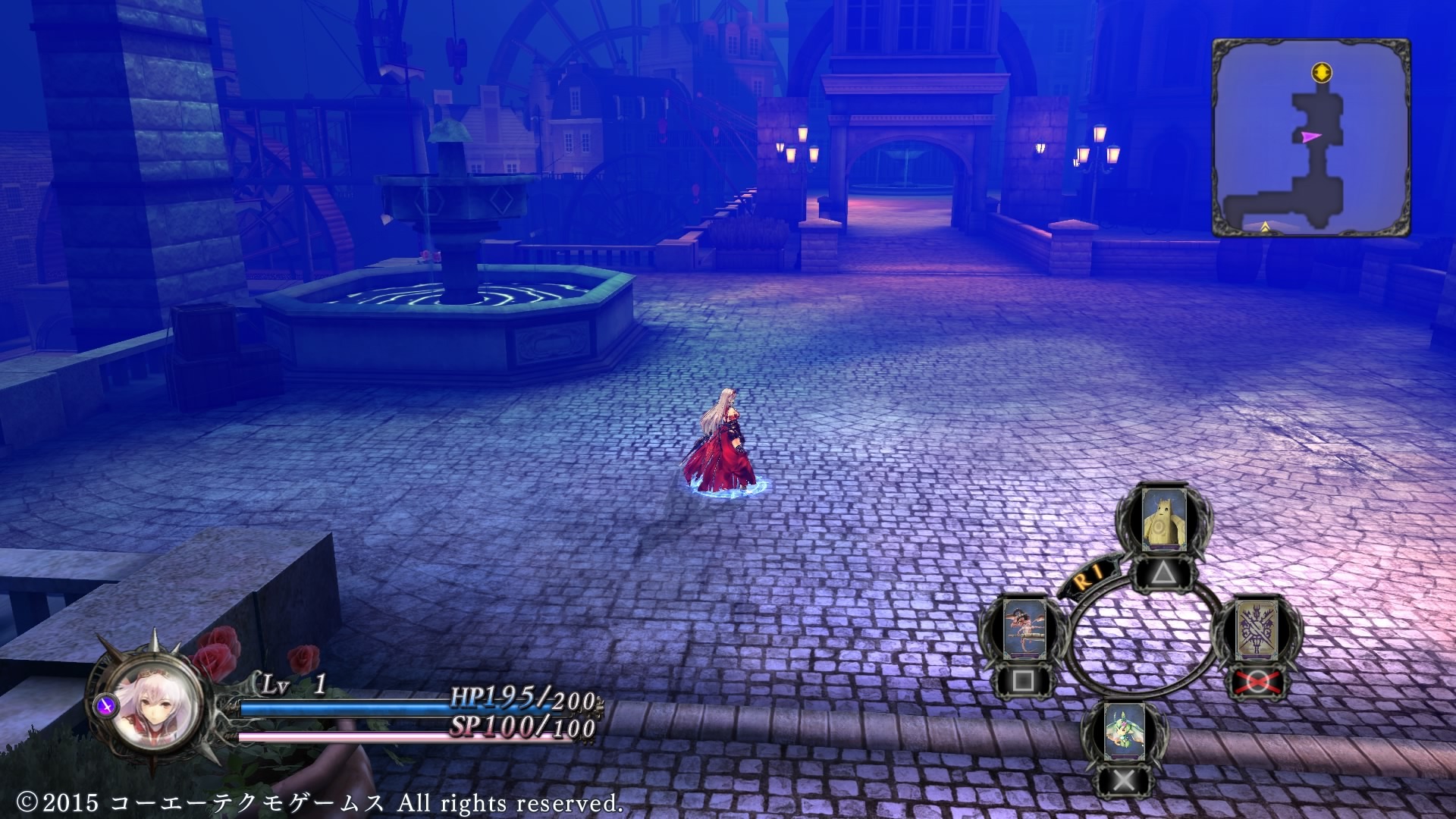
-
Yoru no Nai Kuni Review
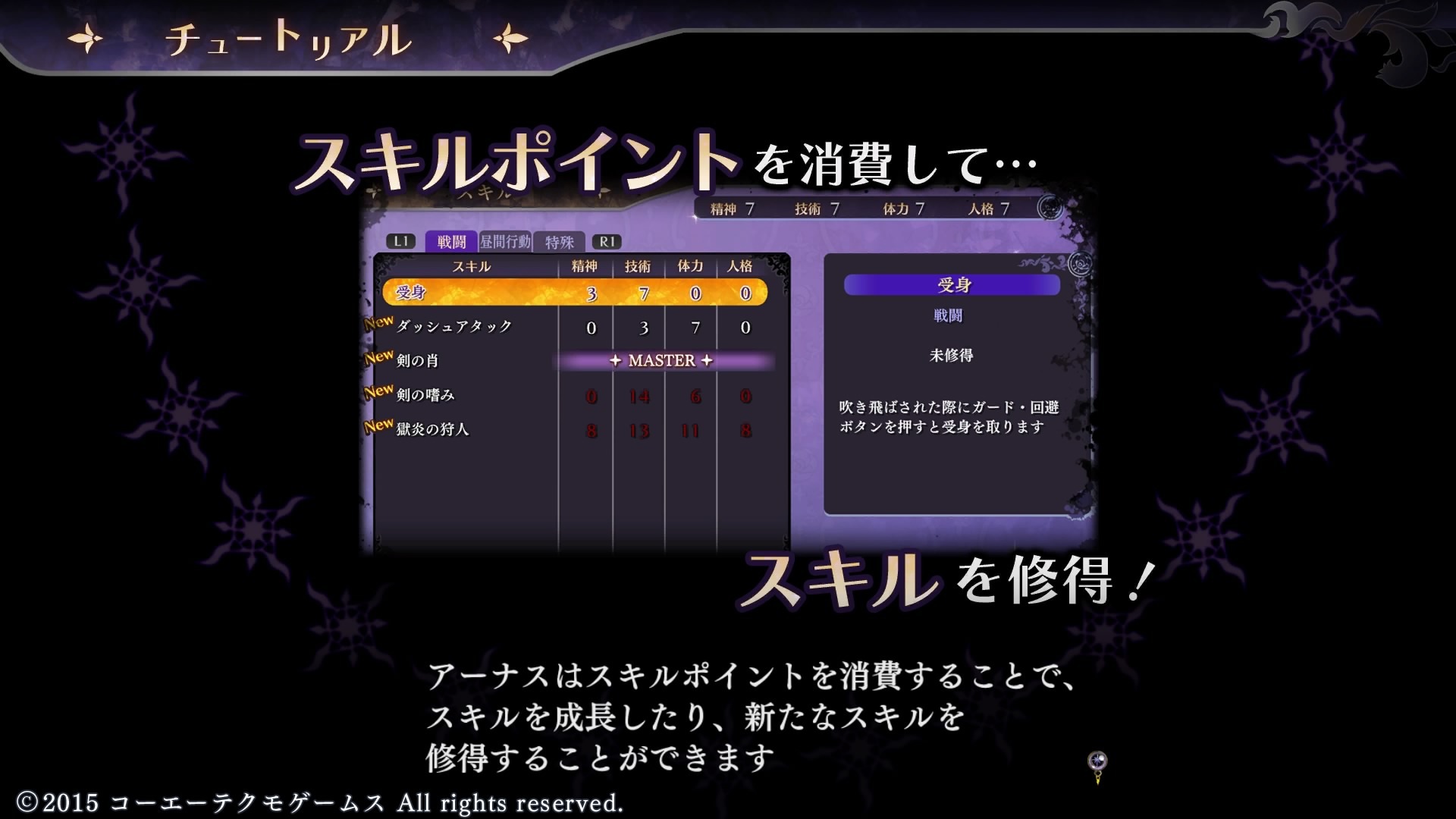
-
Yoru no Nai Kuni Review
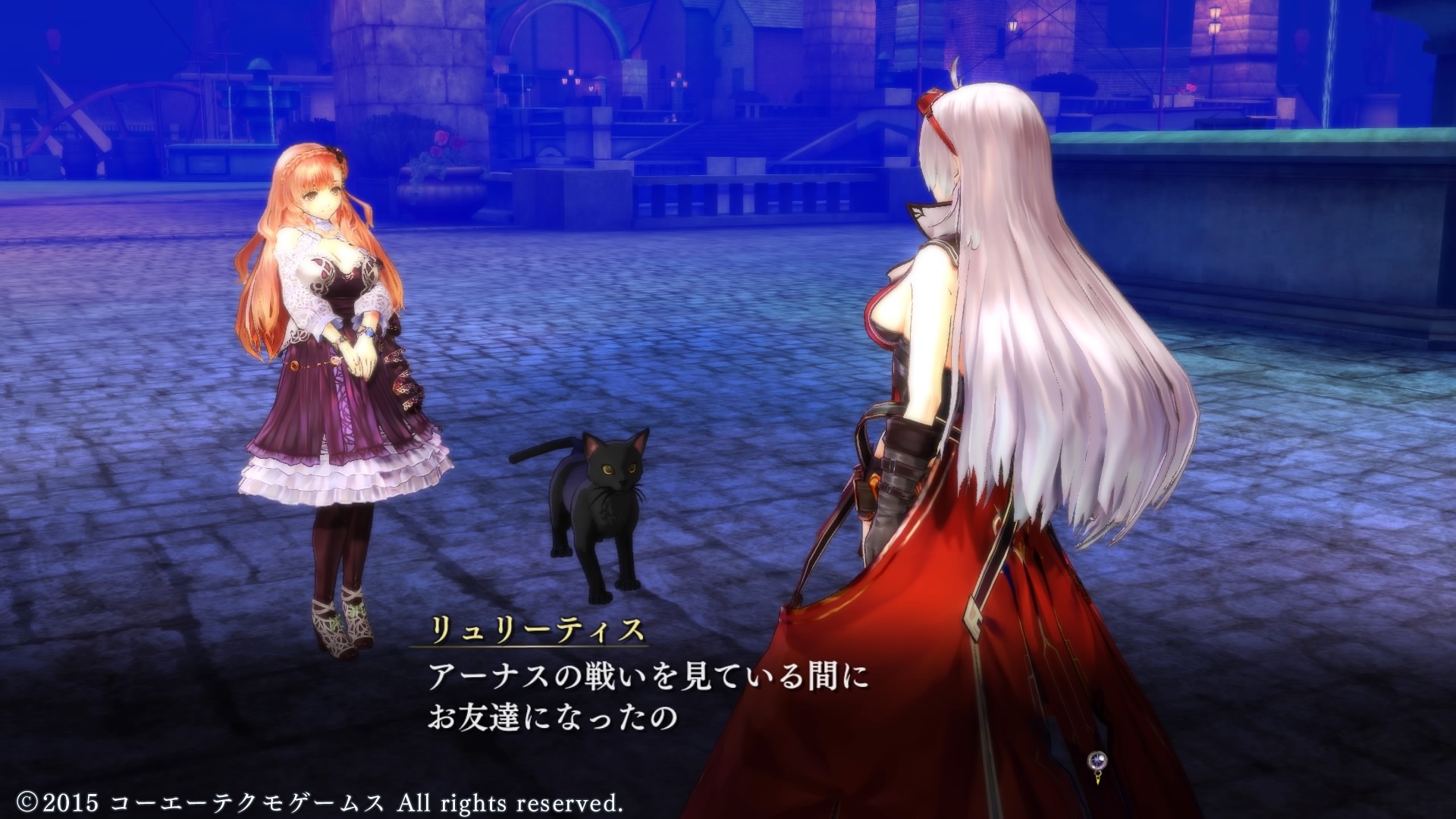
-
Yoru no Nai Kuni Review
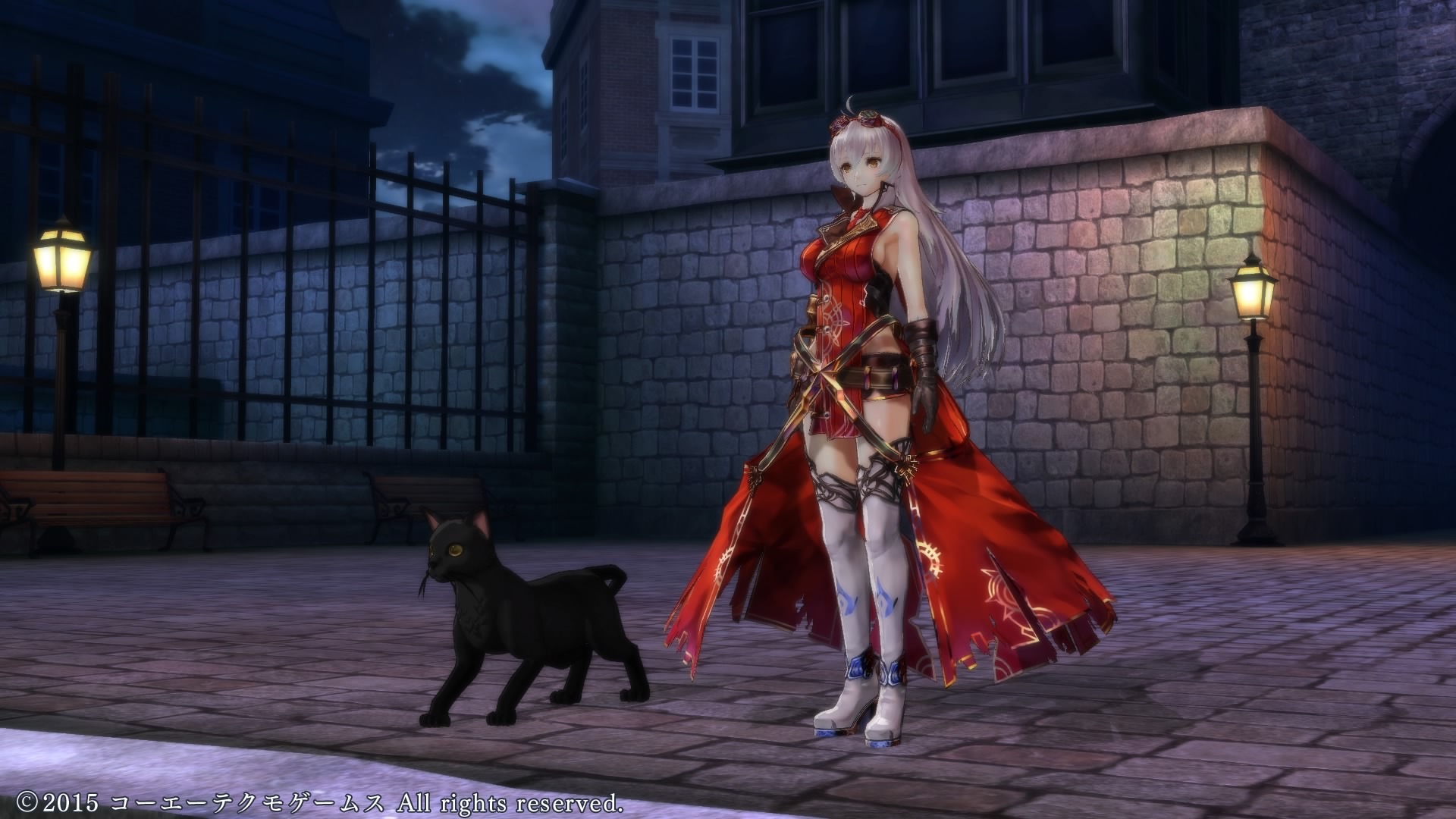
-
Yoru no Nai Kuni Review
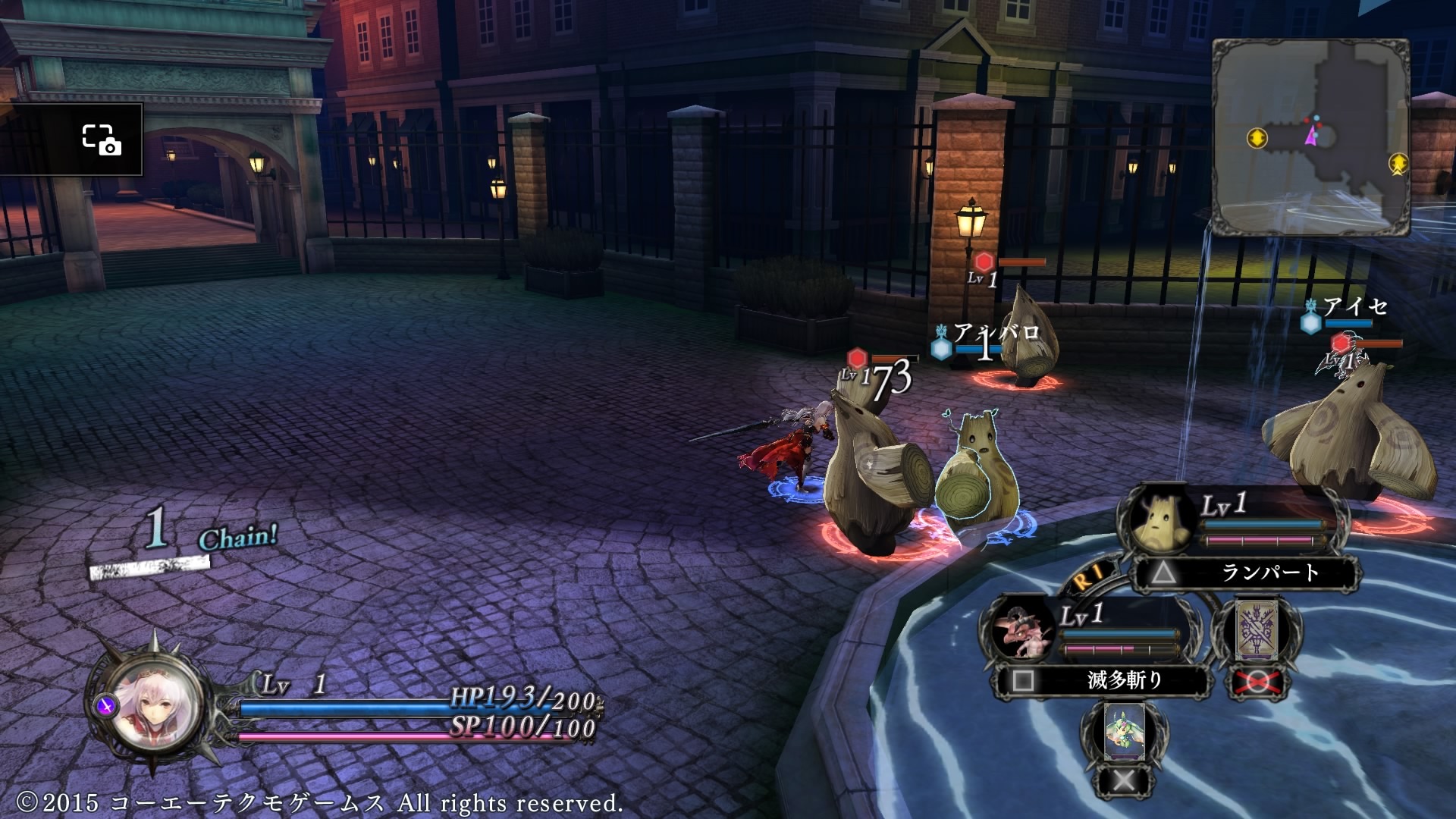
-
Yoru no Nai Kuni Review
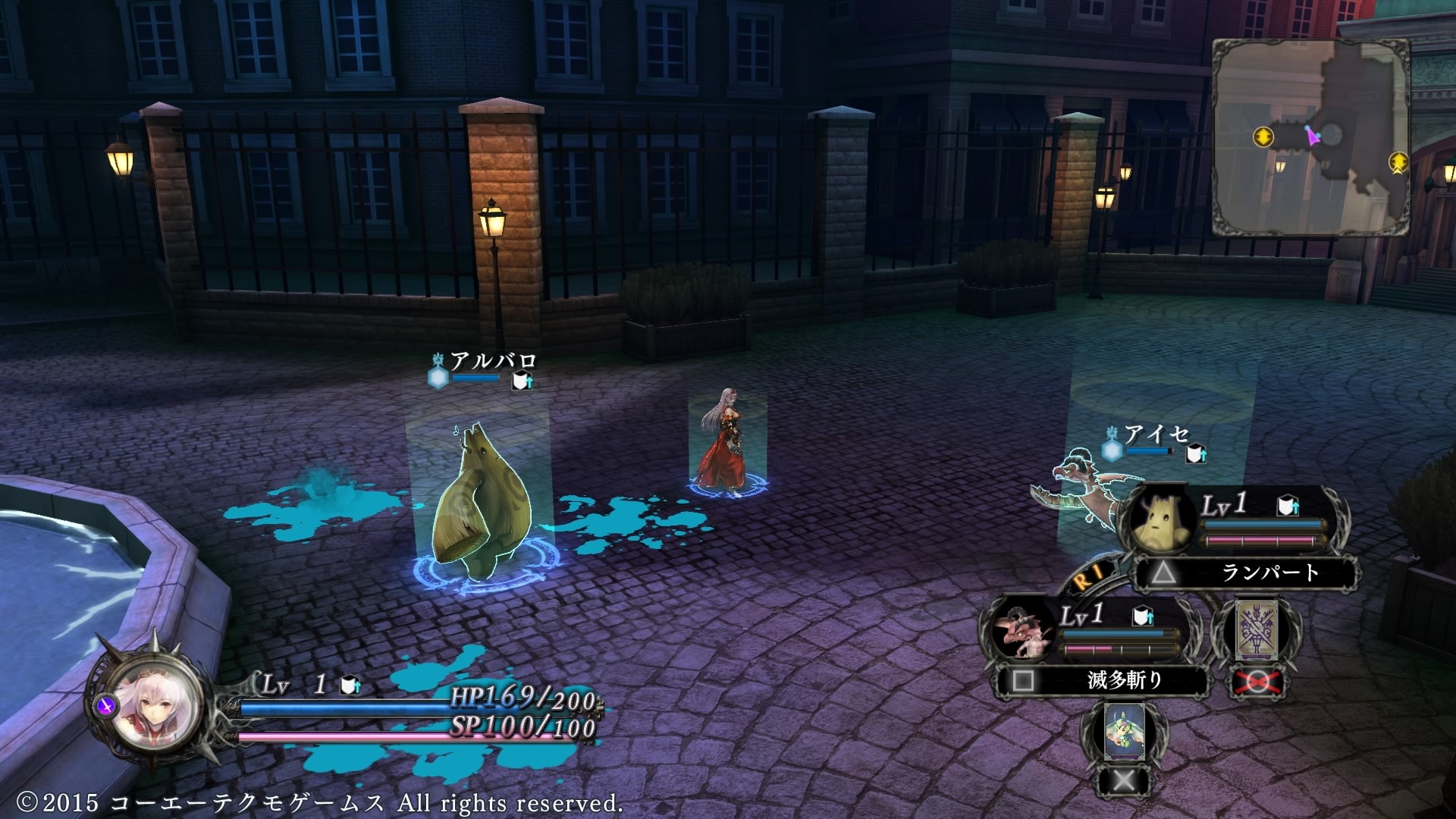
-
Yoru no Nai Kuni Review
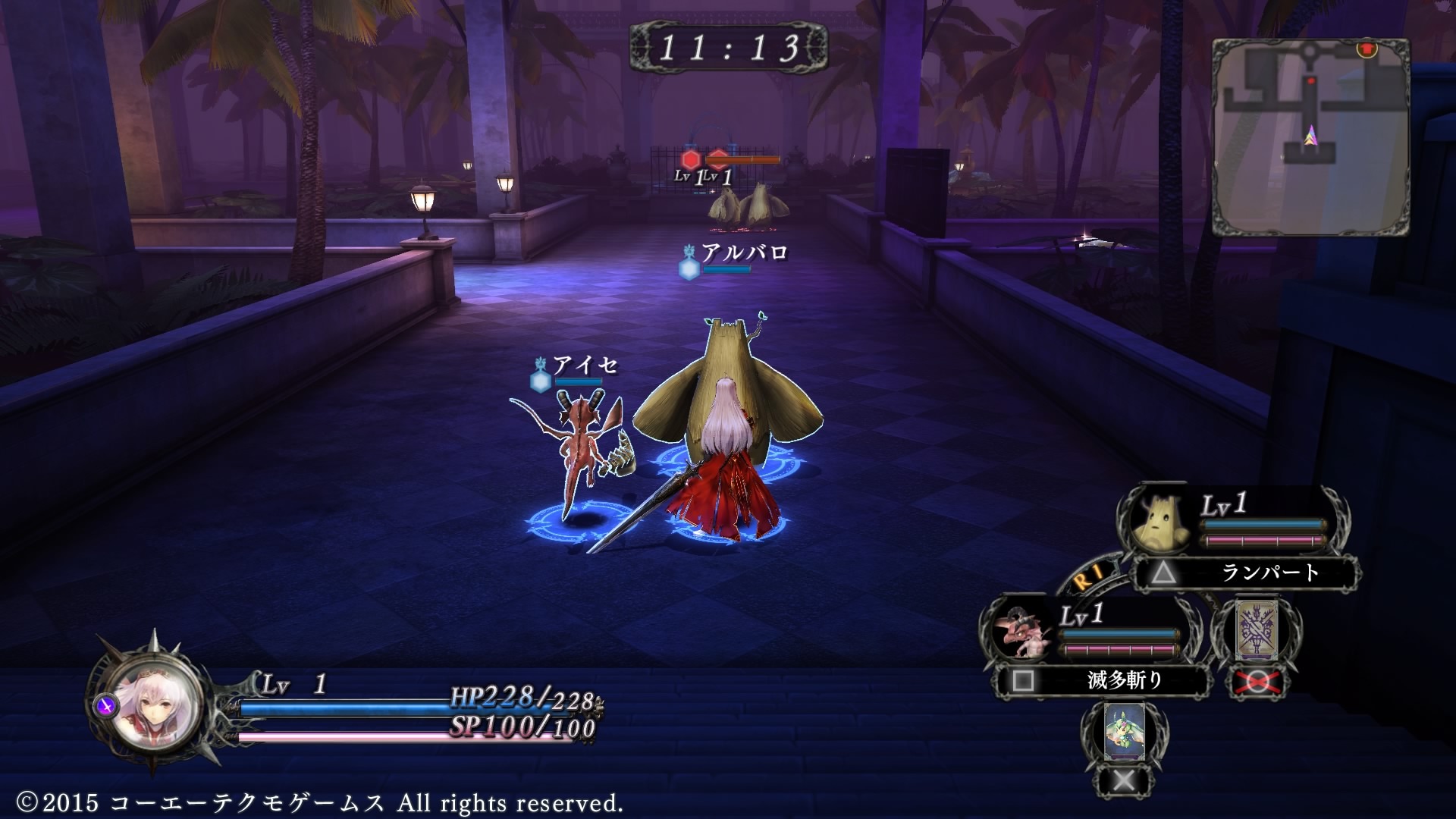
-
Yoru no Nai Kuni Review
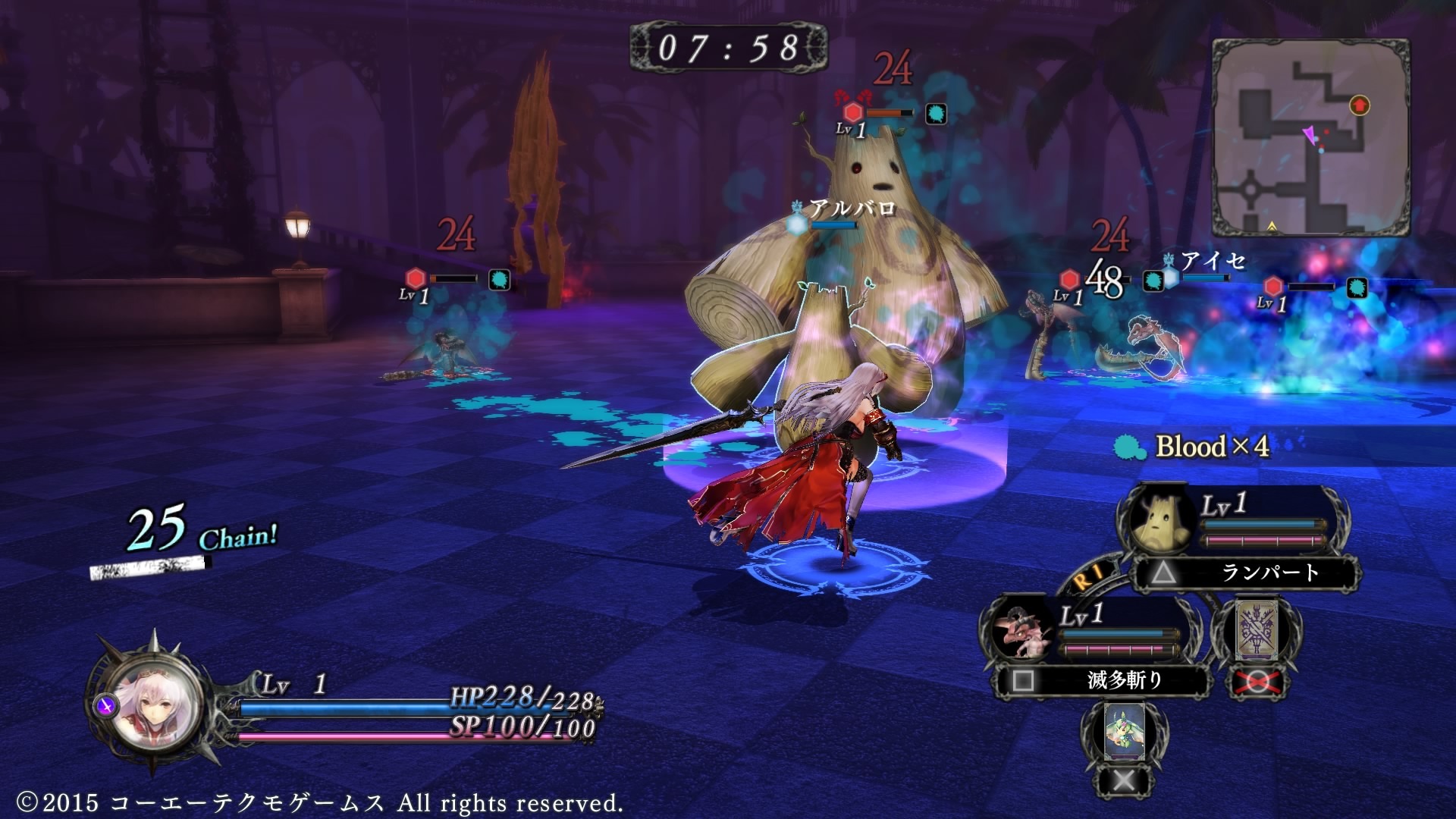
-
Yoru no Nai Kuni Review
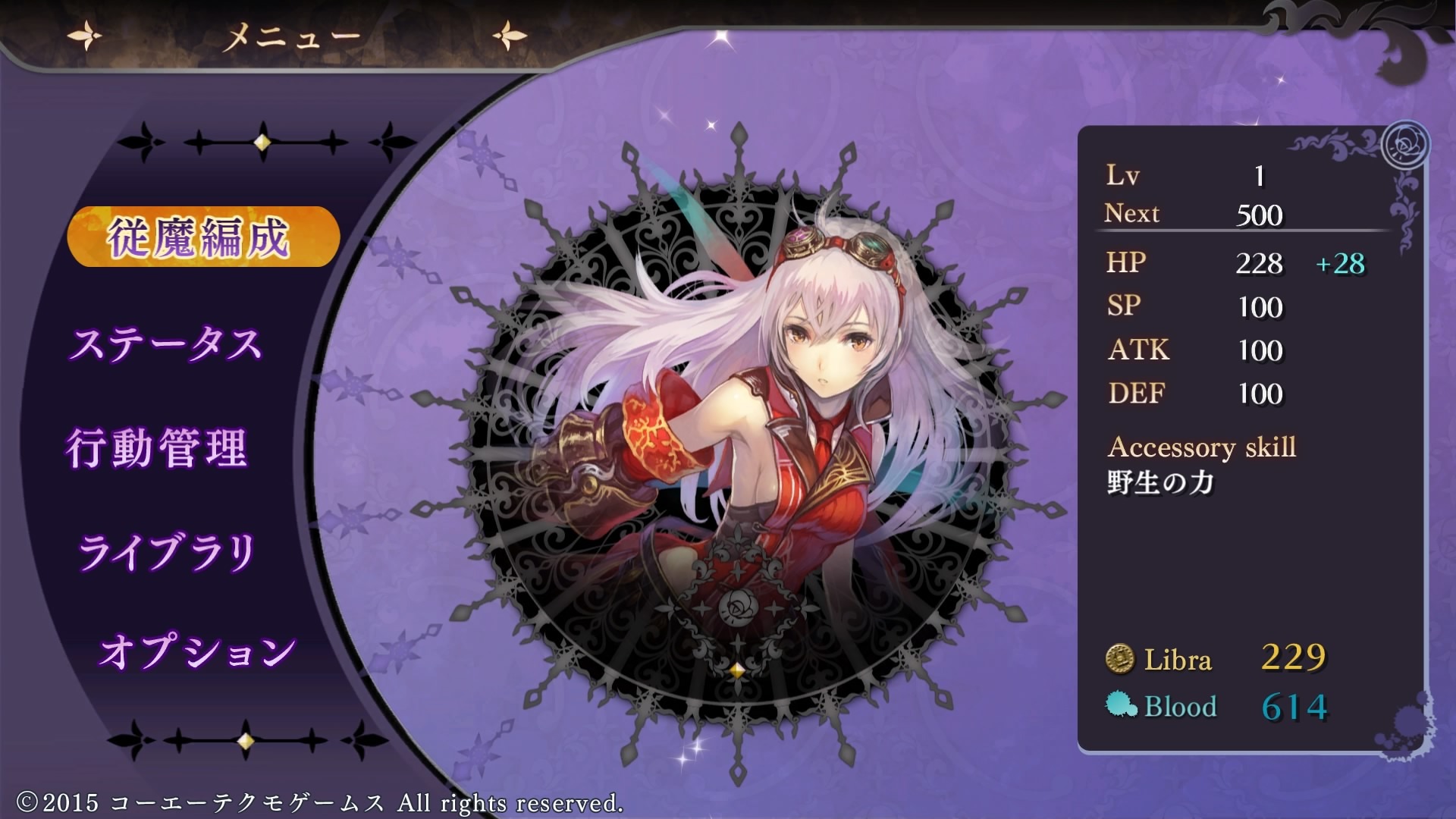
-
Yoru no Nai Kuni Review
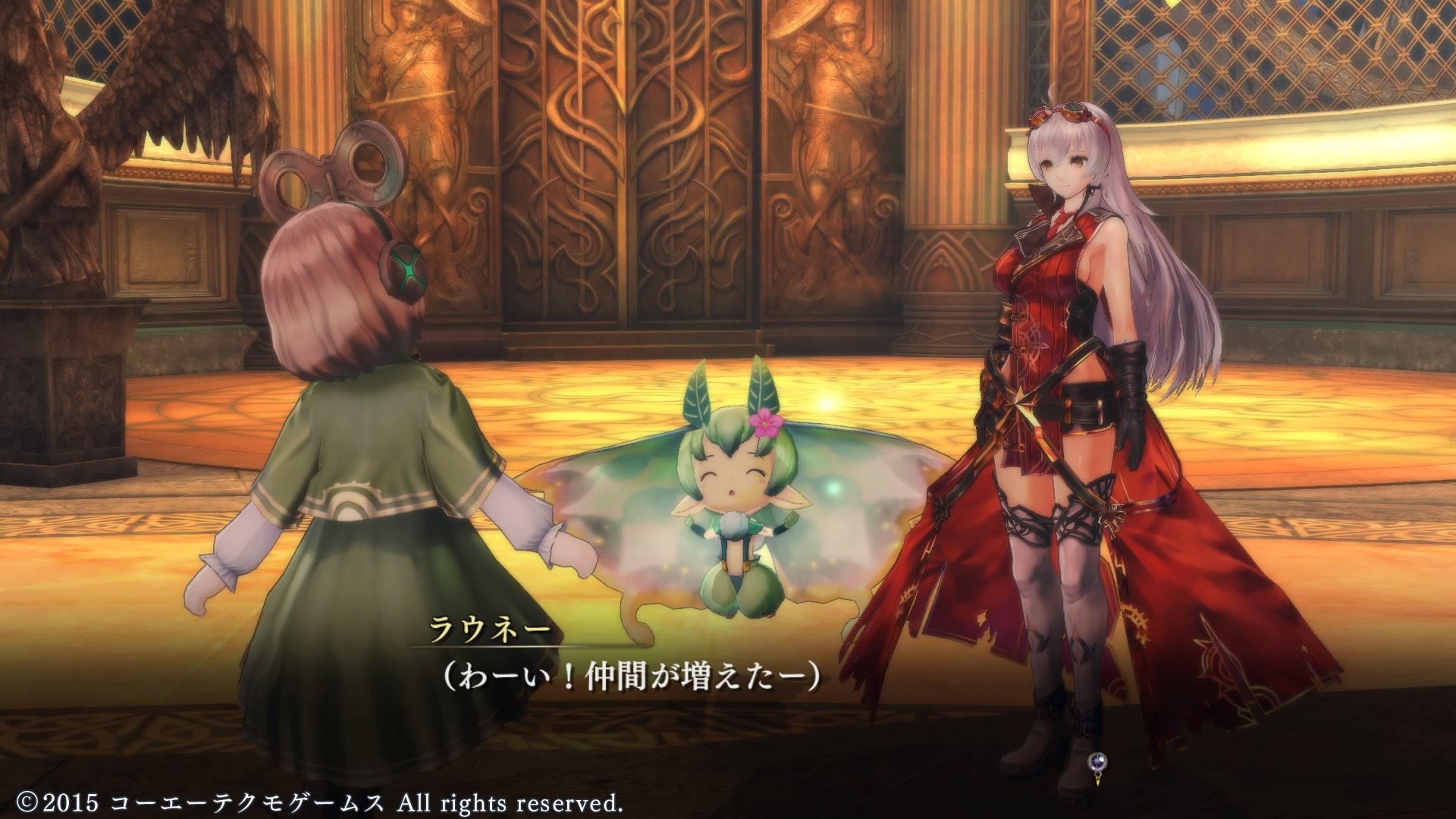
-
Yoru no Nai Kuni Review
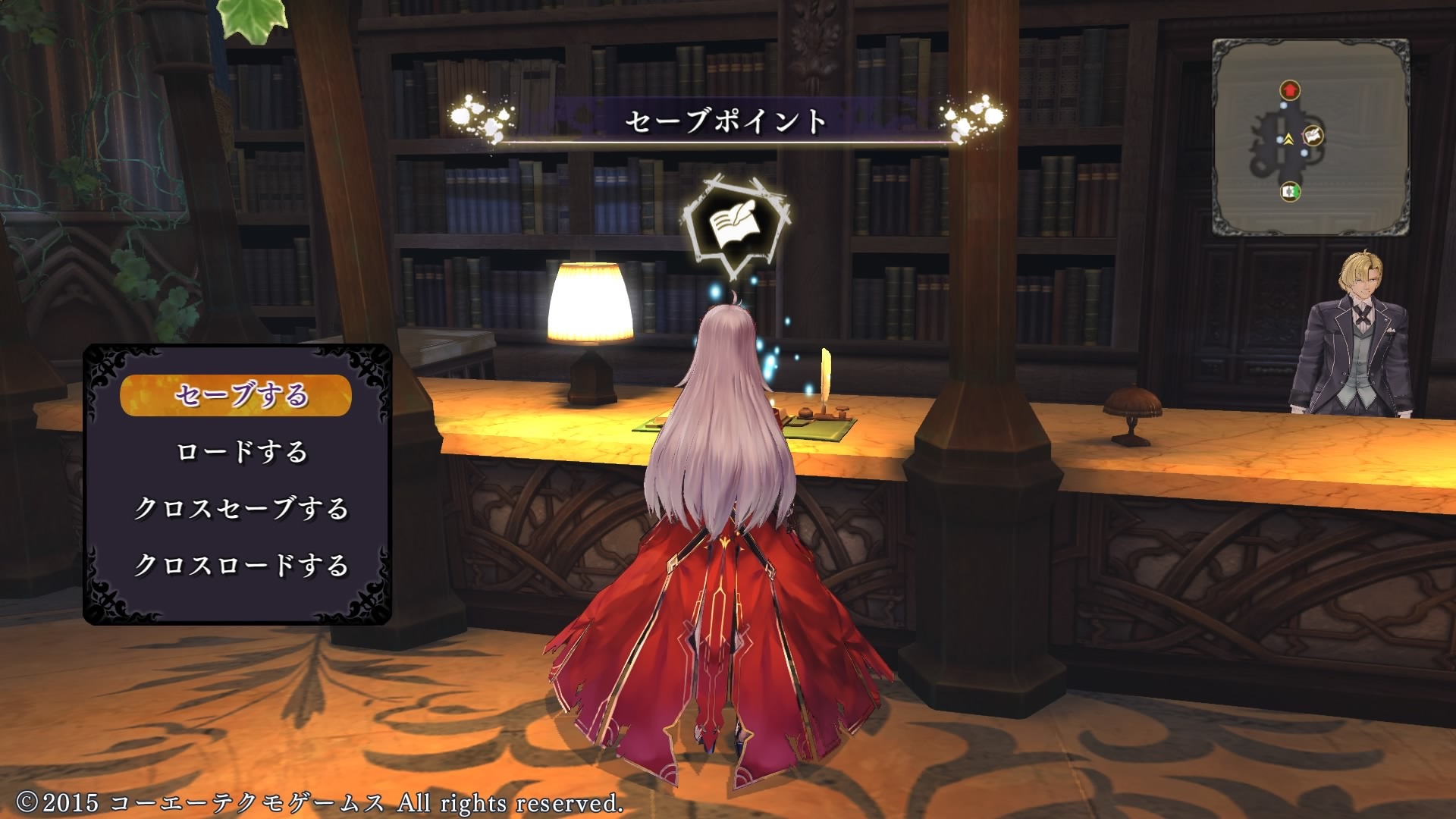
-
Yoru no Nai Kuni Review
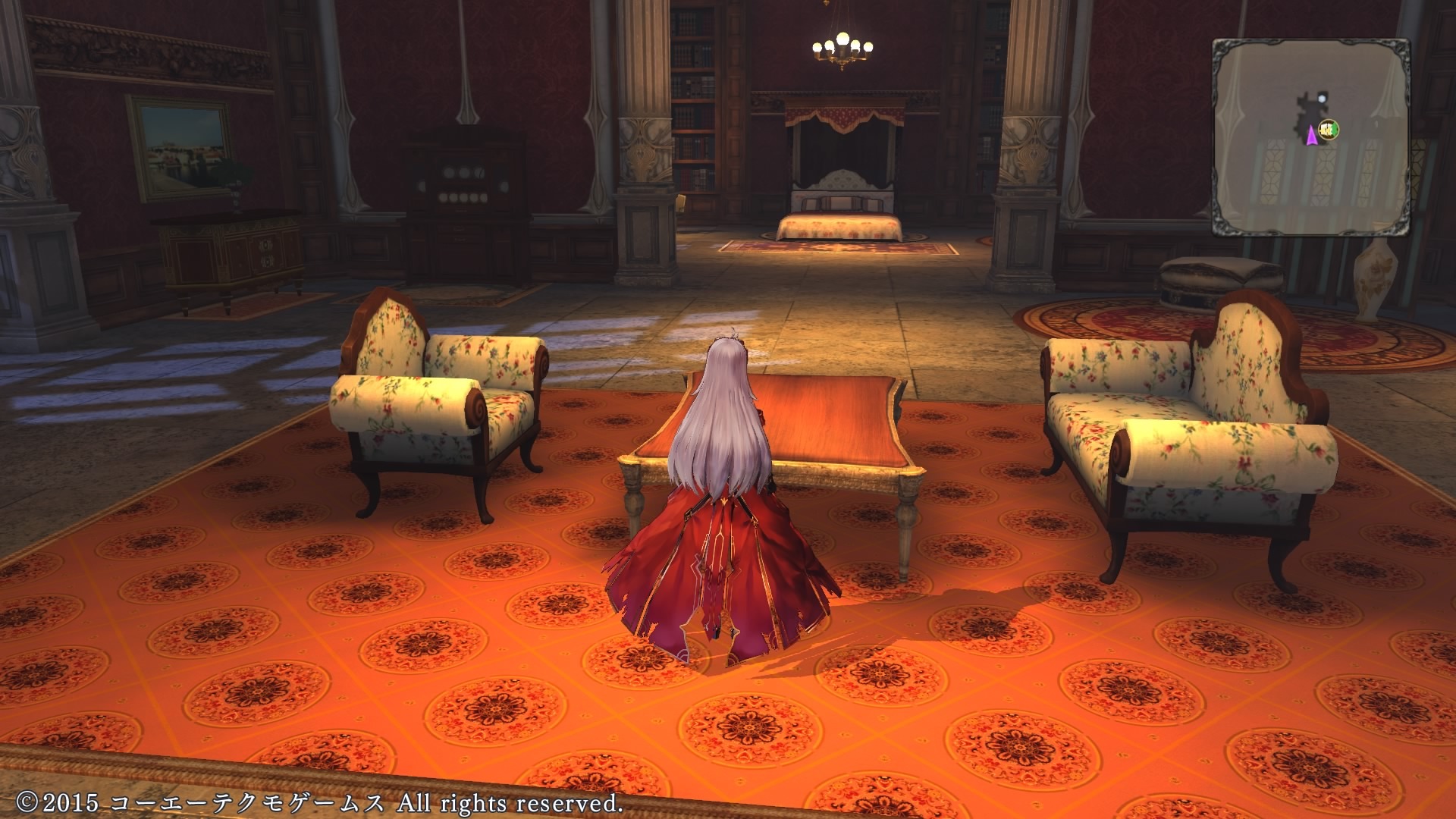
-
Yoru no Nai Kuni Review
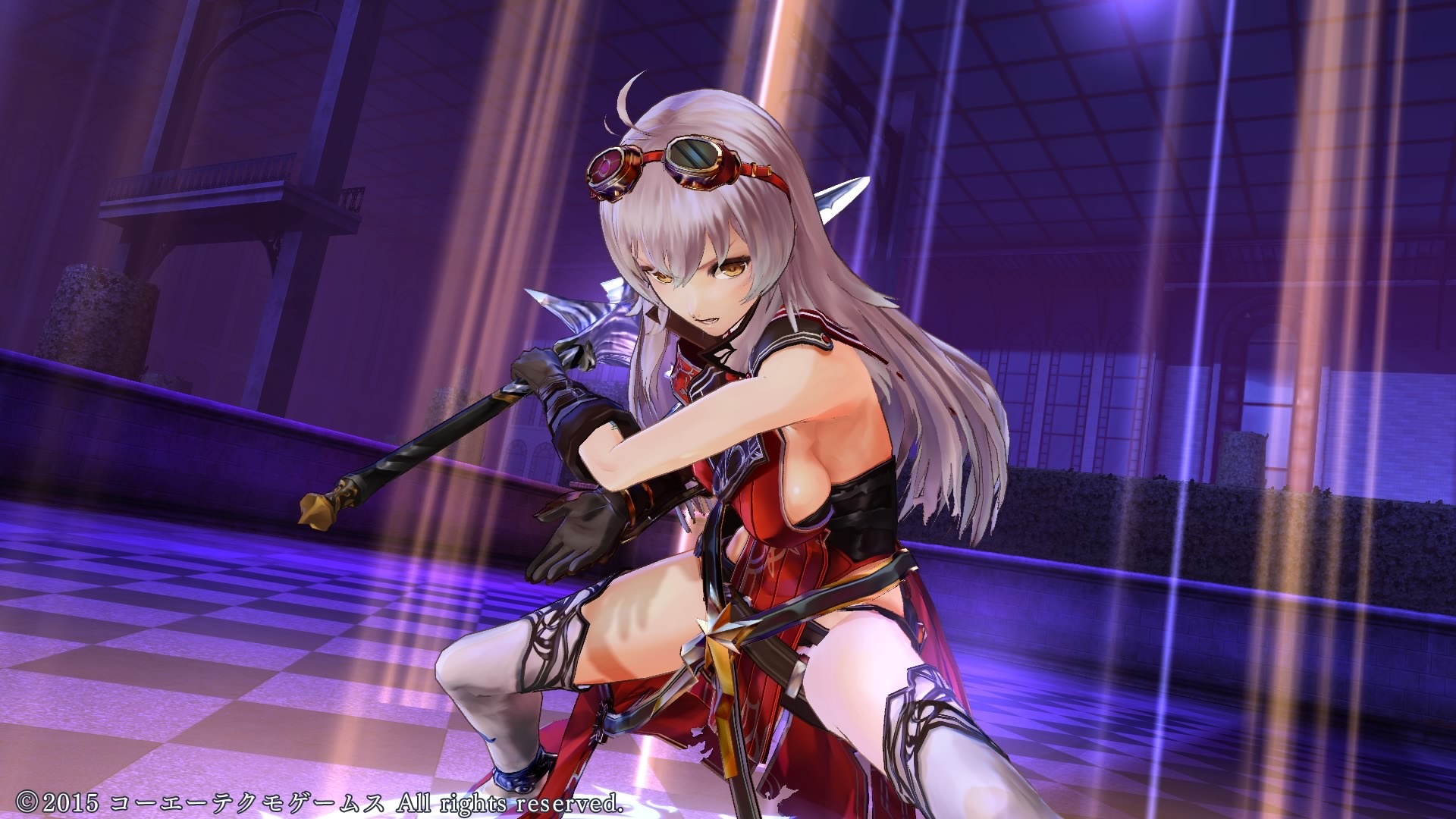
-
Yoru no Nai Kuni Review
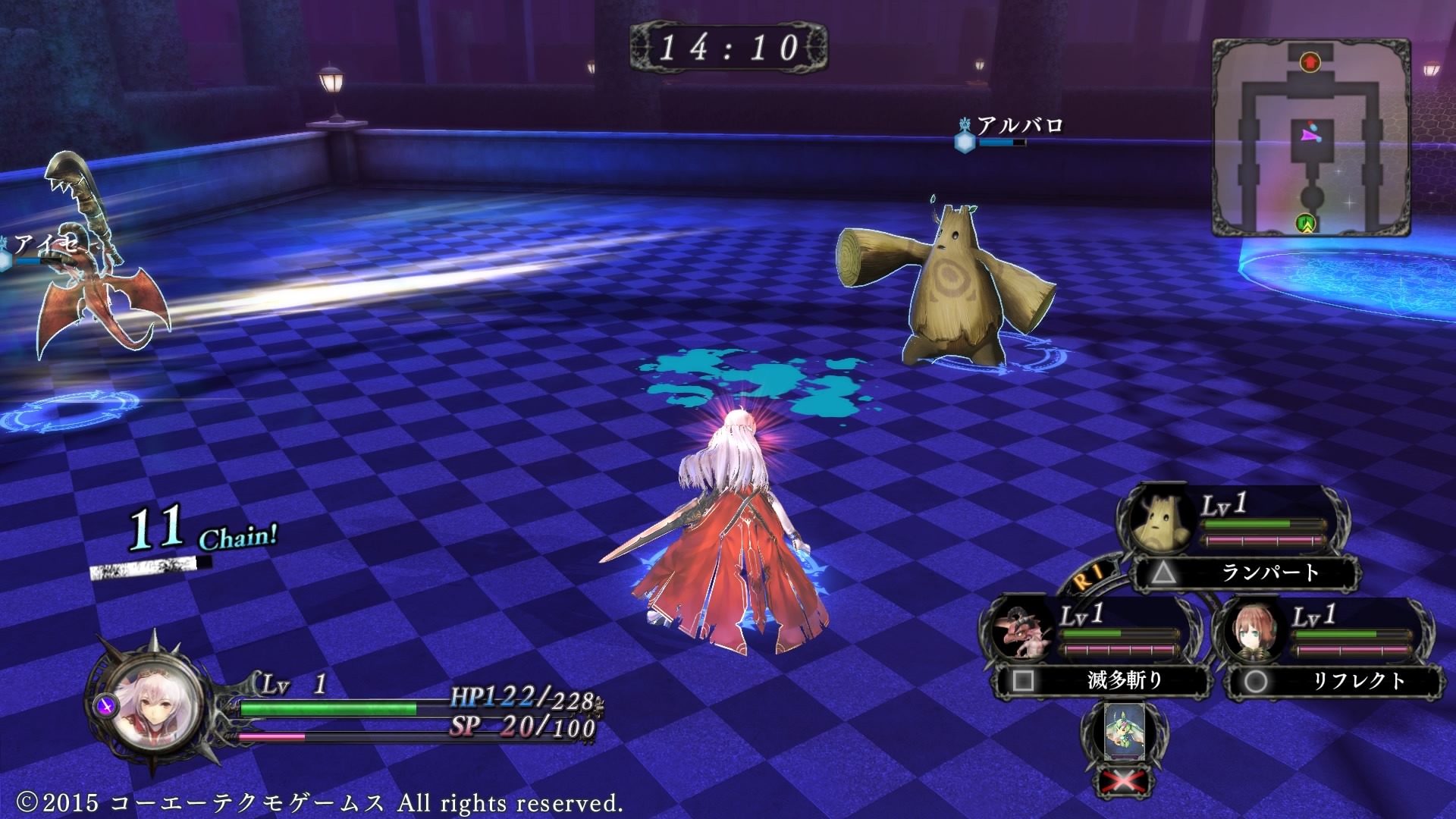
-
Yoru no Nai Kuni Review
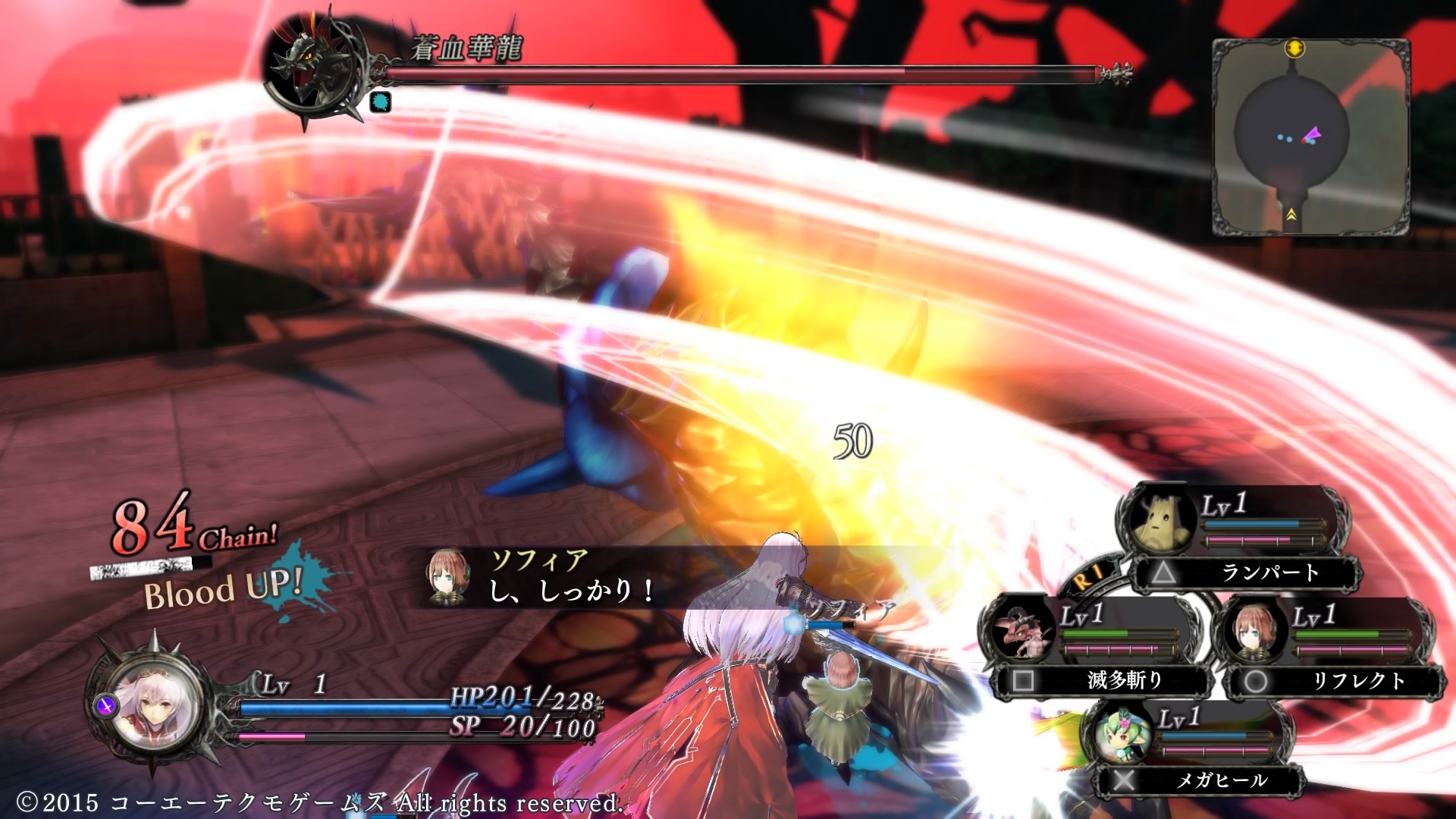
-
Yoru no Nai Kuni Review
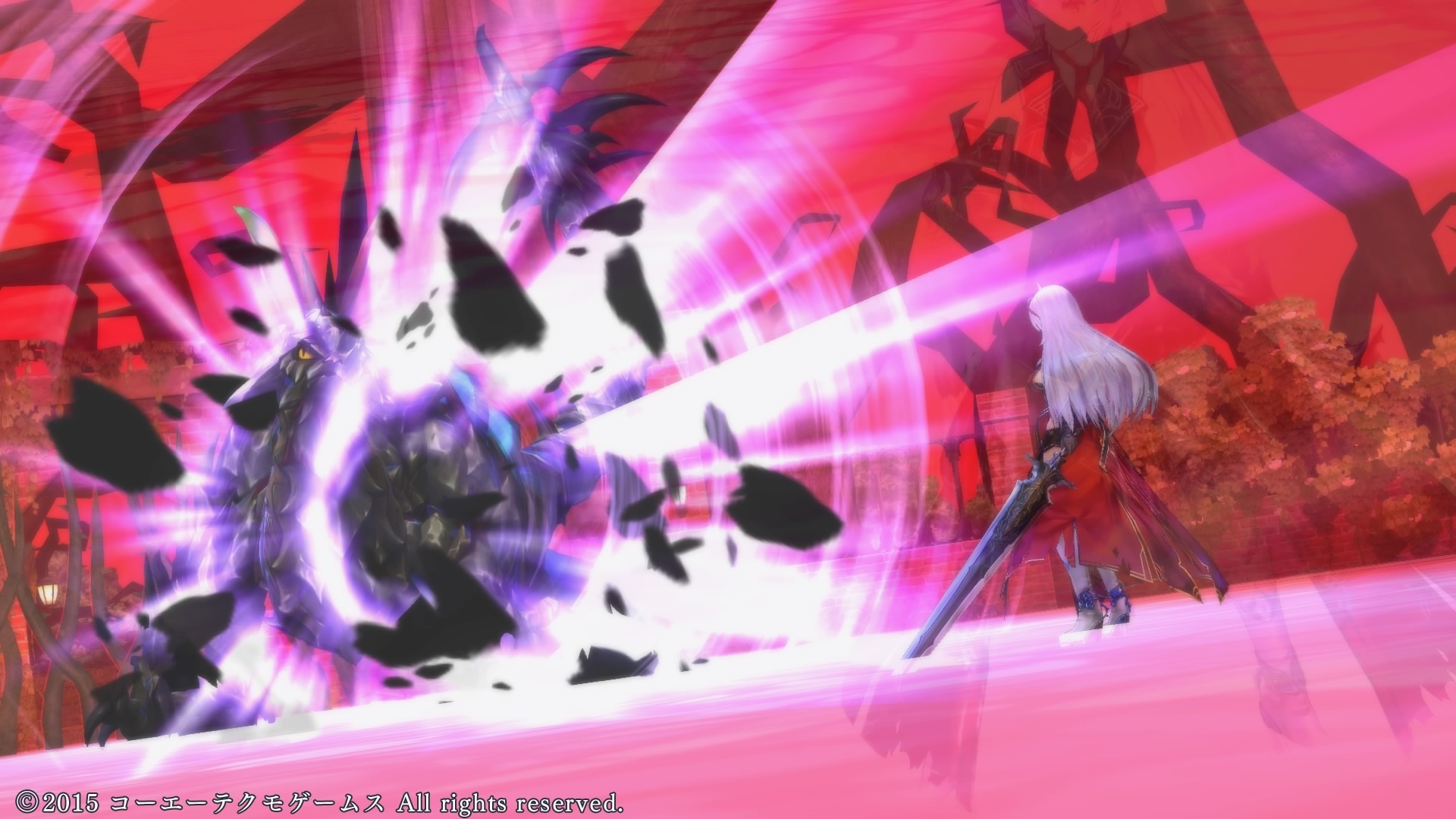
-
Yoru no Nai Kuni Review
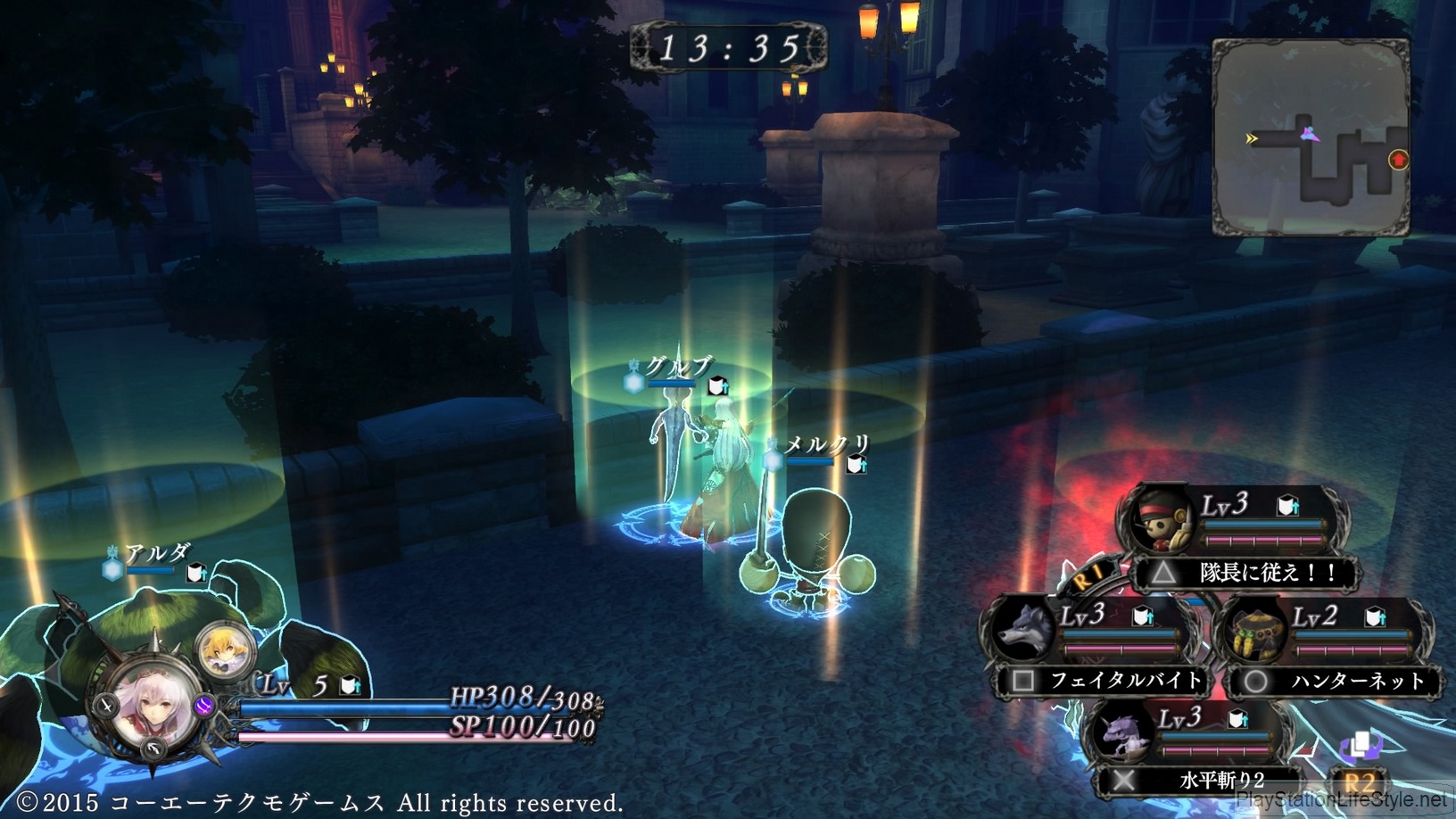
-
Yoru no Nai Kuni Review
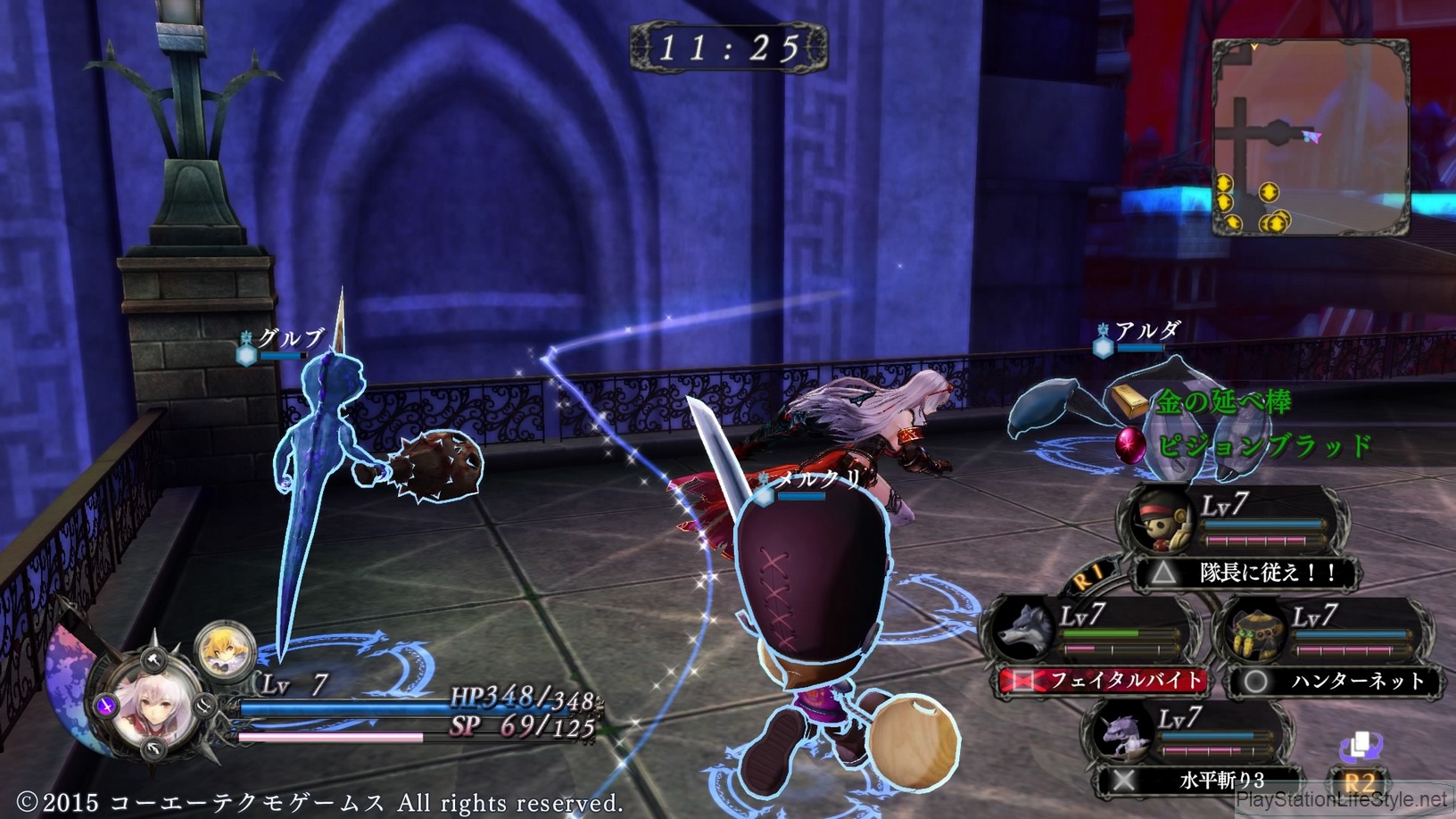
-
Yoru no Nai Kuni Review
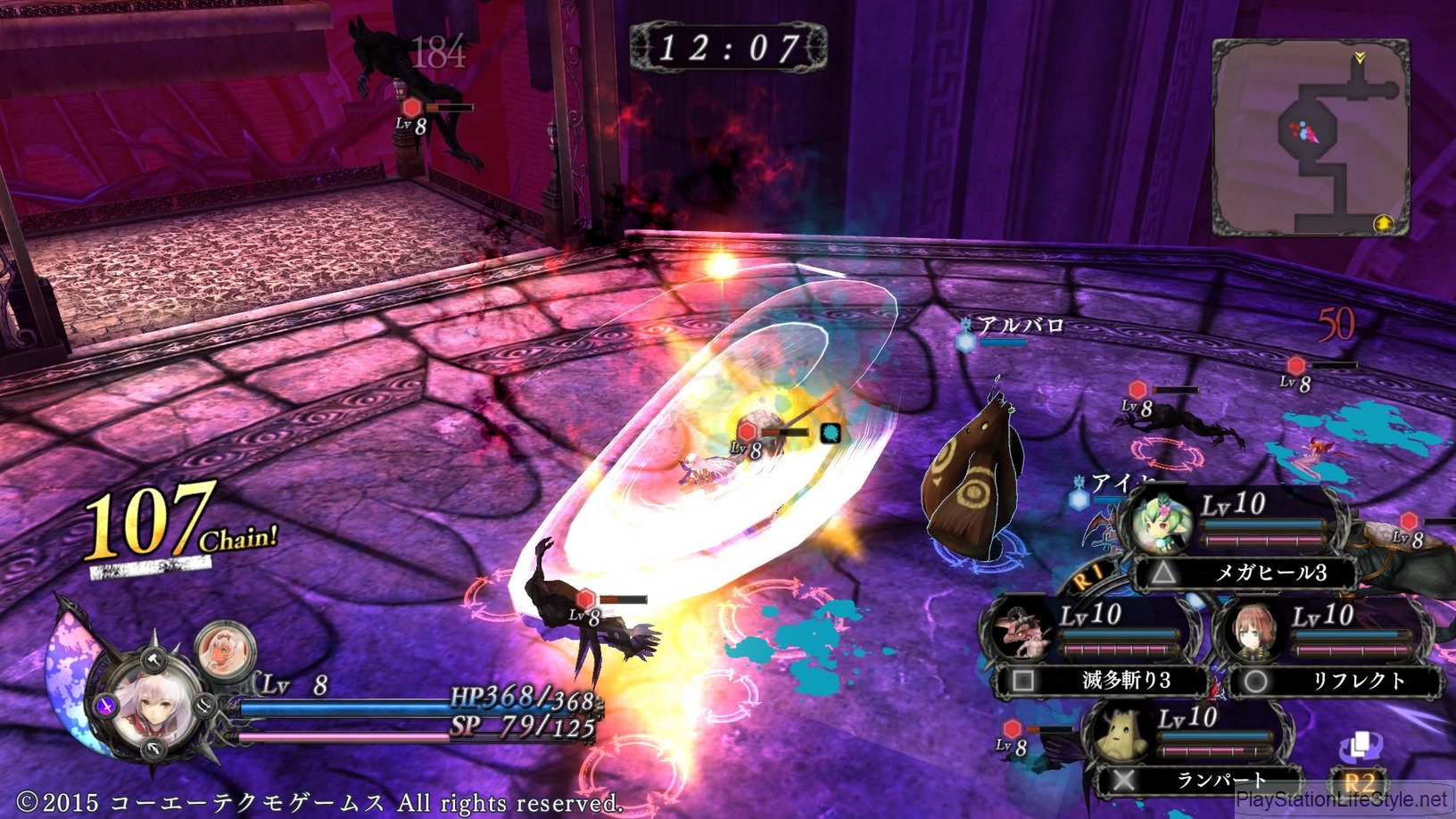
-
Yoru no Nai Kuni Review
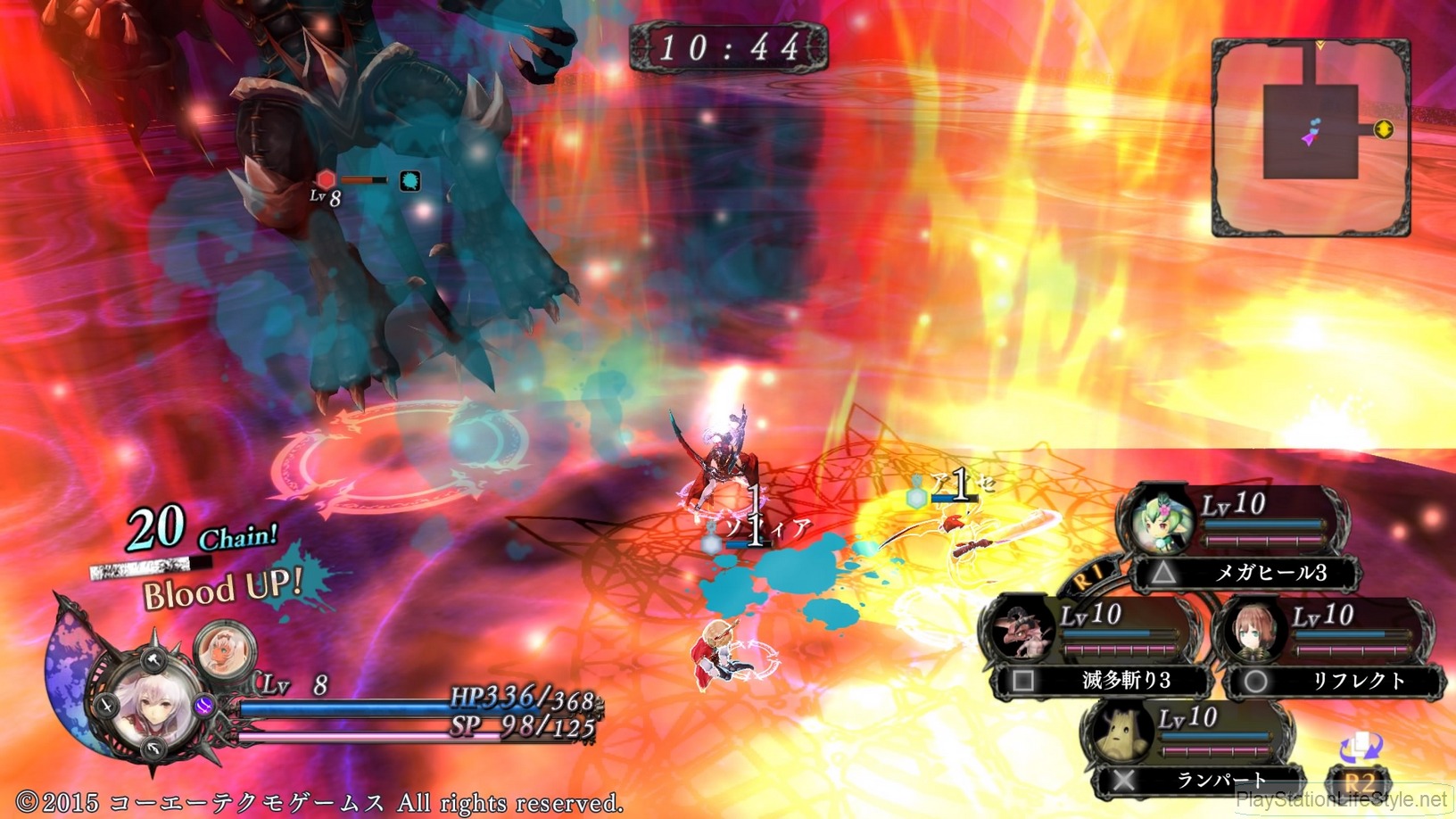
-
Yoru no Nai Kuni Review

-
Yoru no Nai Kuni Review
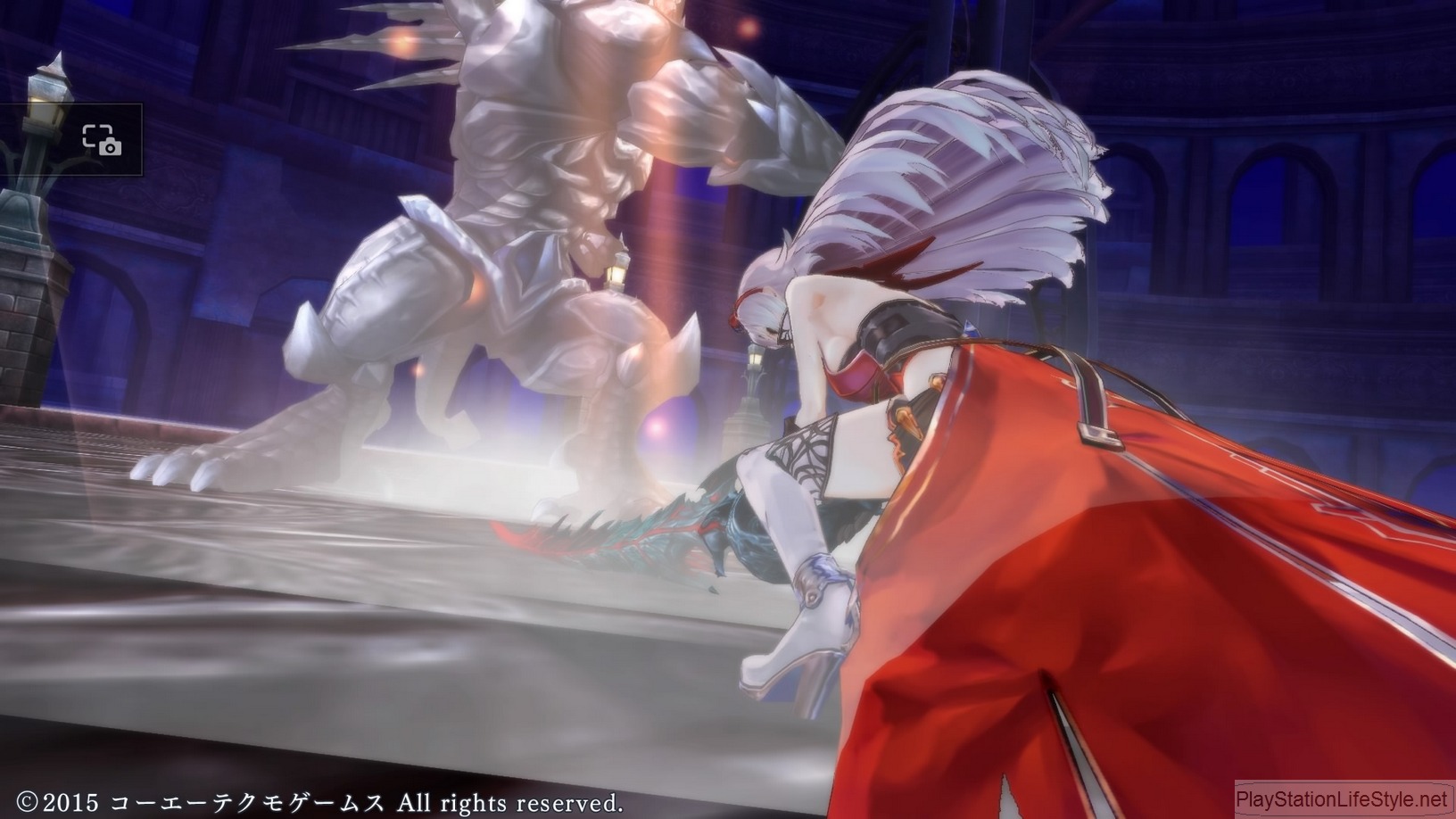
-
Yoru no Nai Kuni Review
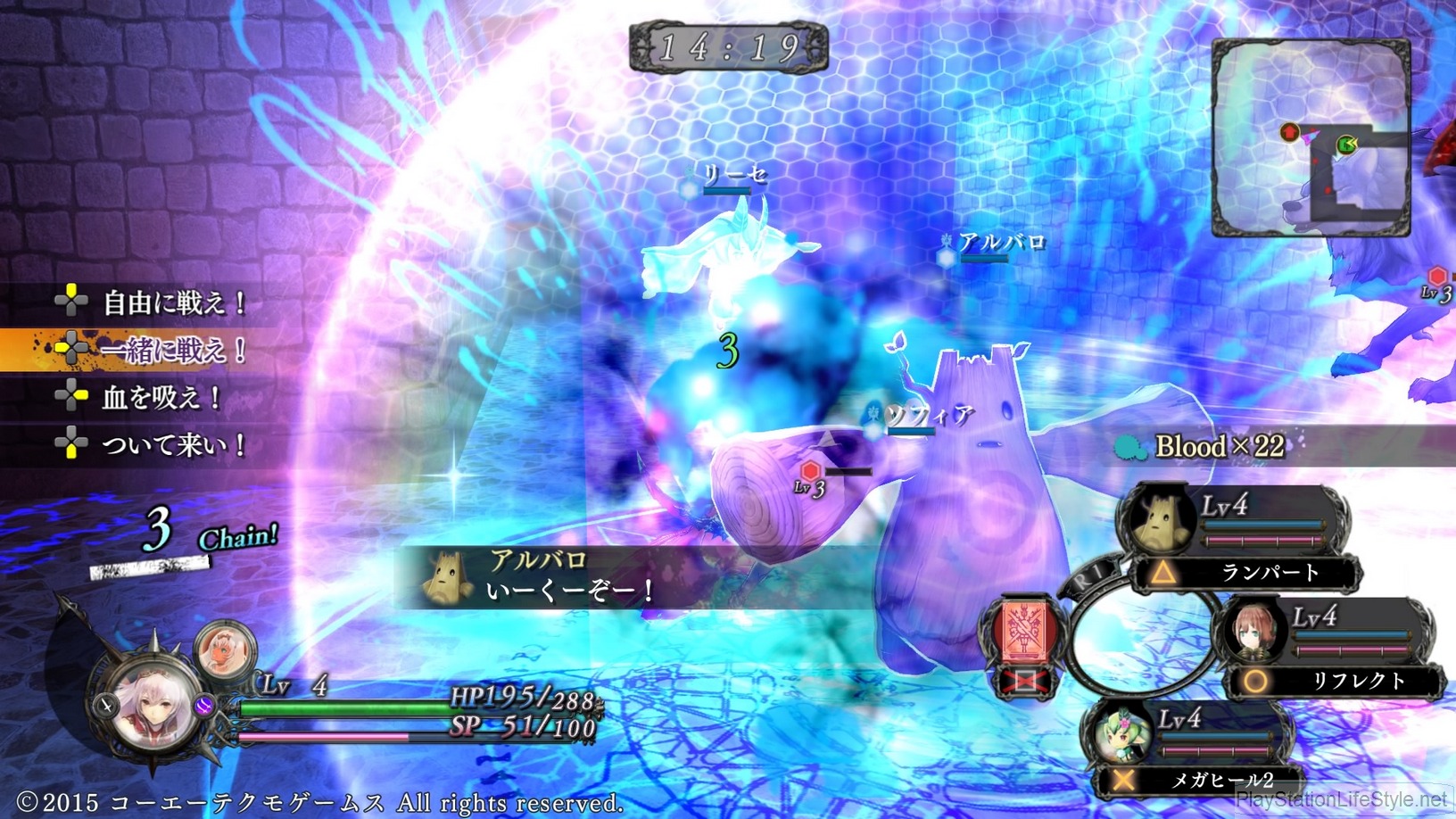
-
Yoru no Nai Kuni Review

-
Yoru no Nai Kuni Review
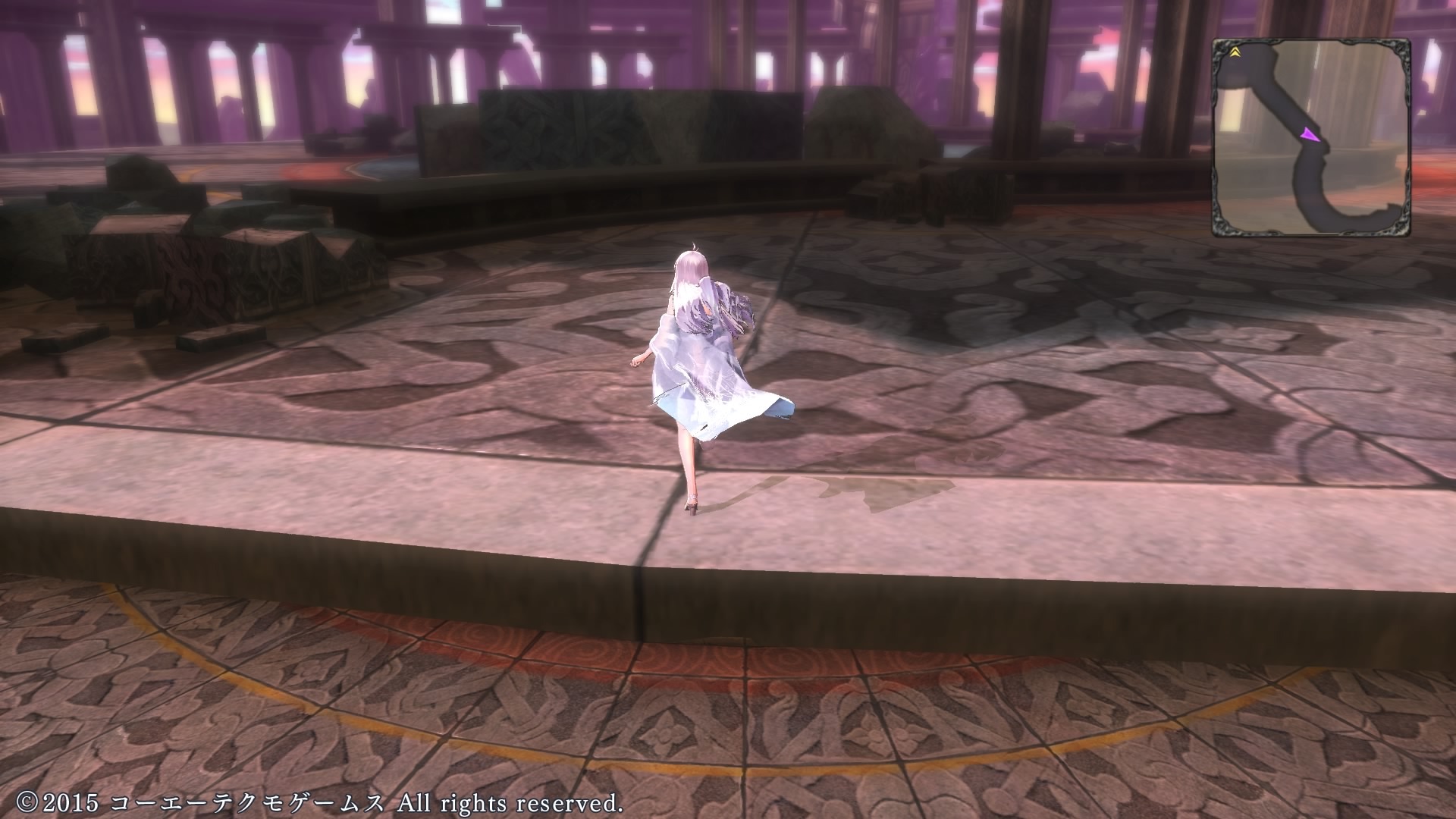
-
Yoru no Nai Kuni Review
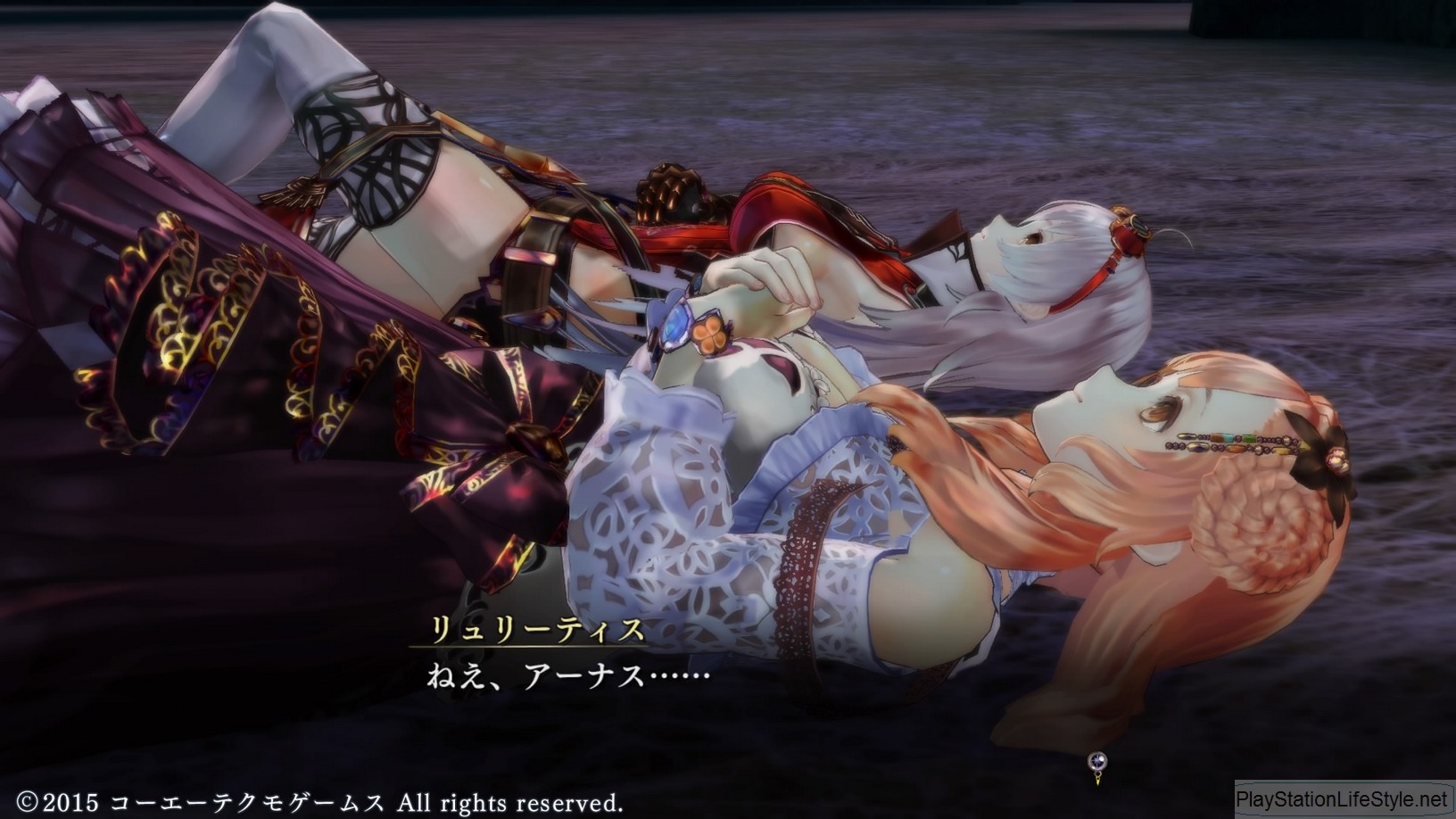
-
Yoru no Nai Kuni Review
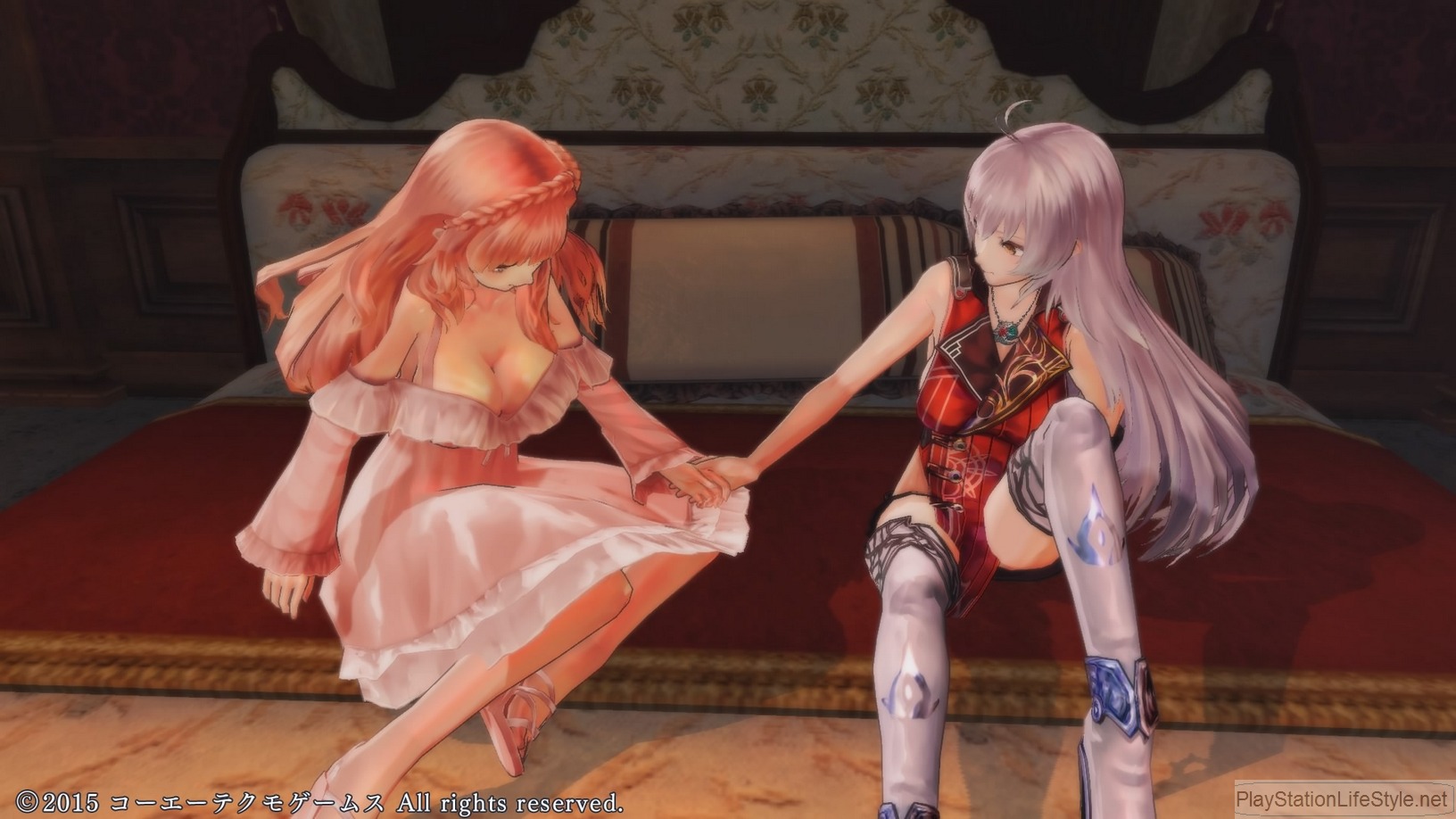
-
Yoru no Nai Kuni Review
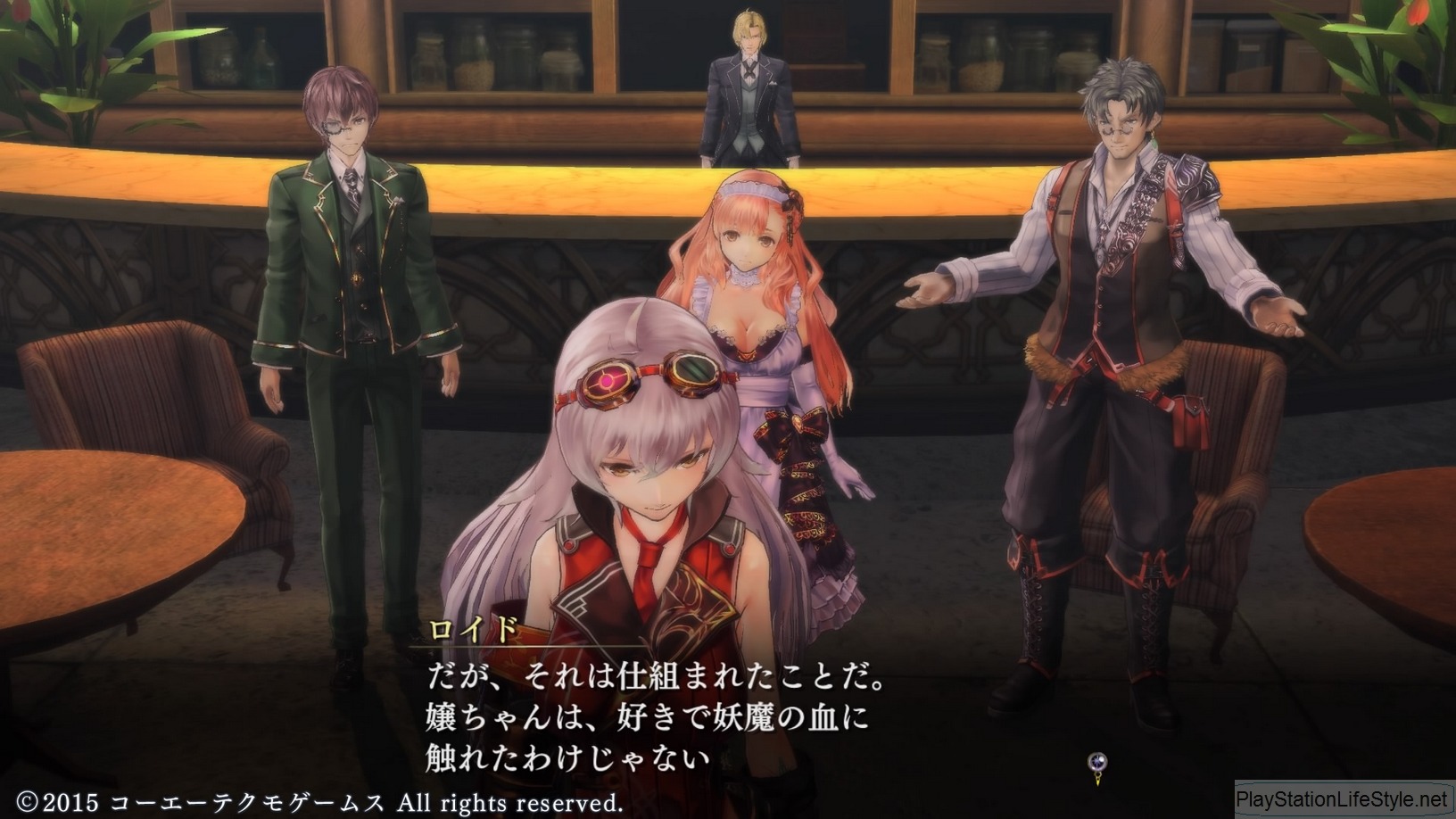
-
Yoru no Nai Kuni Review
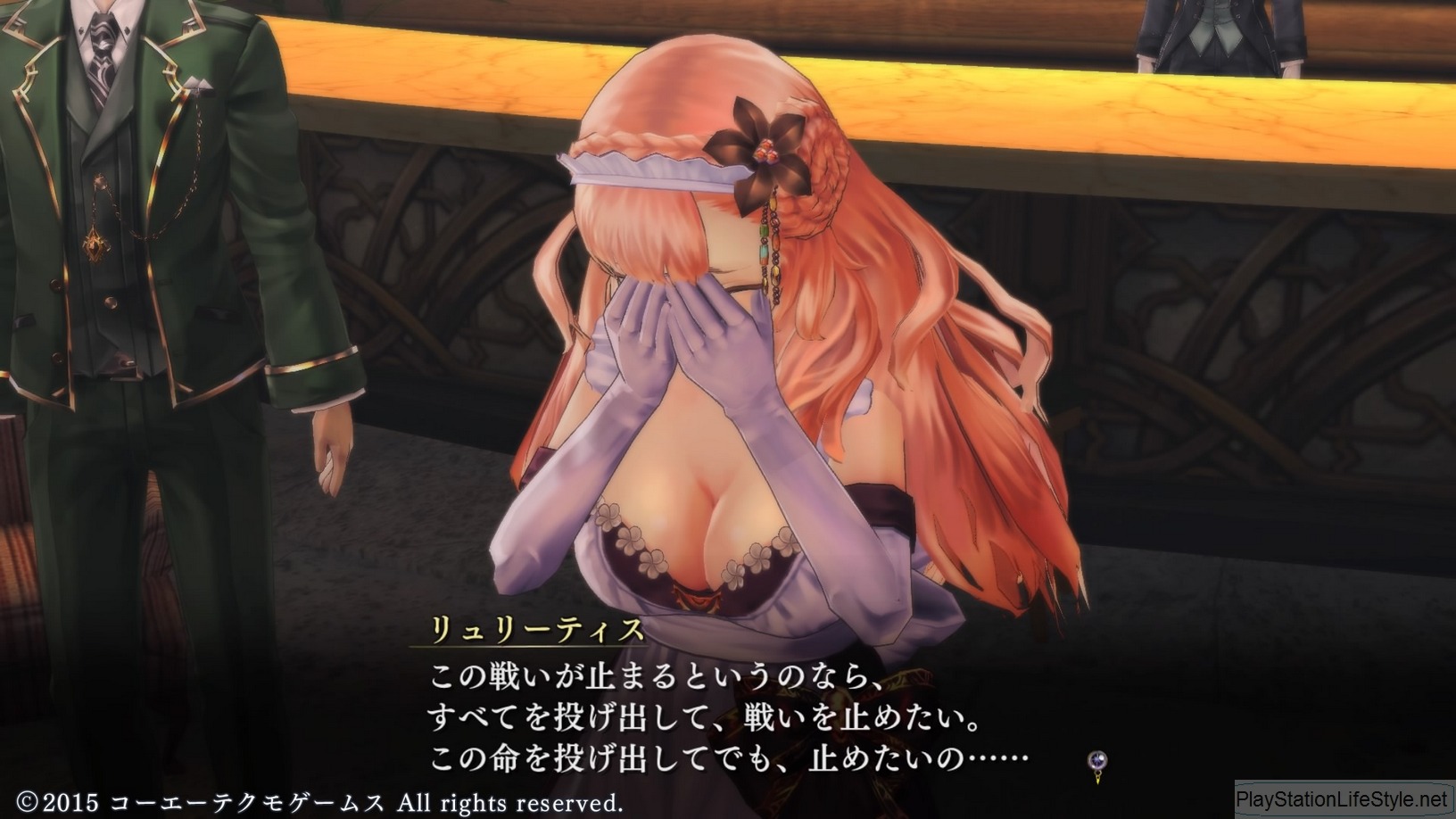
-
Yoru no Nai Kuni Review
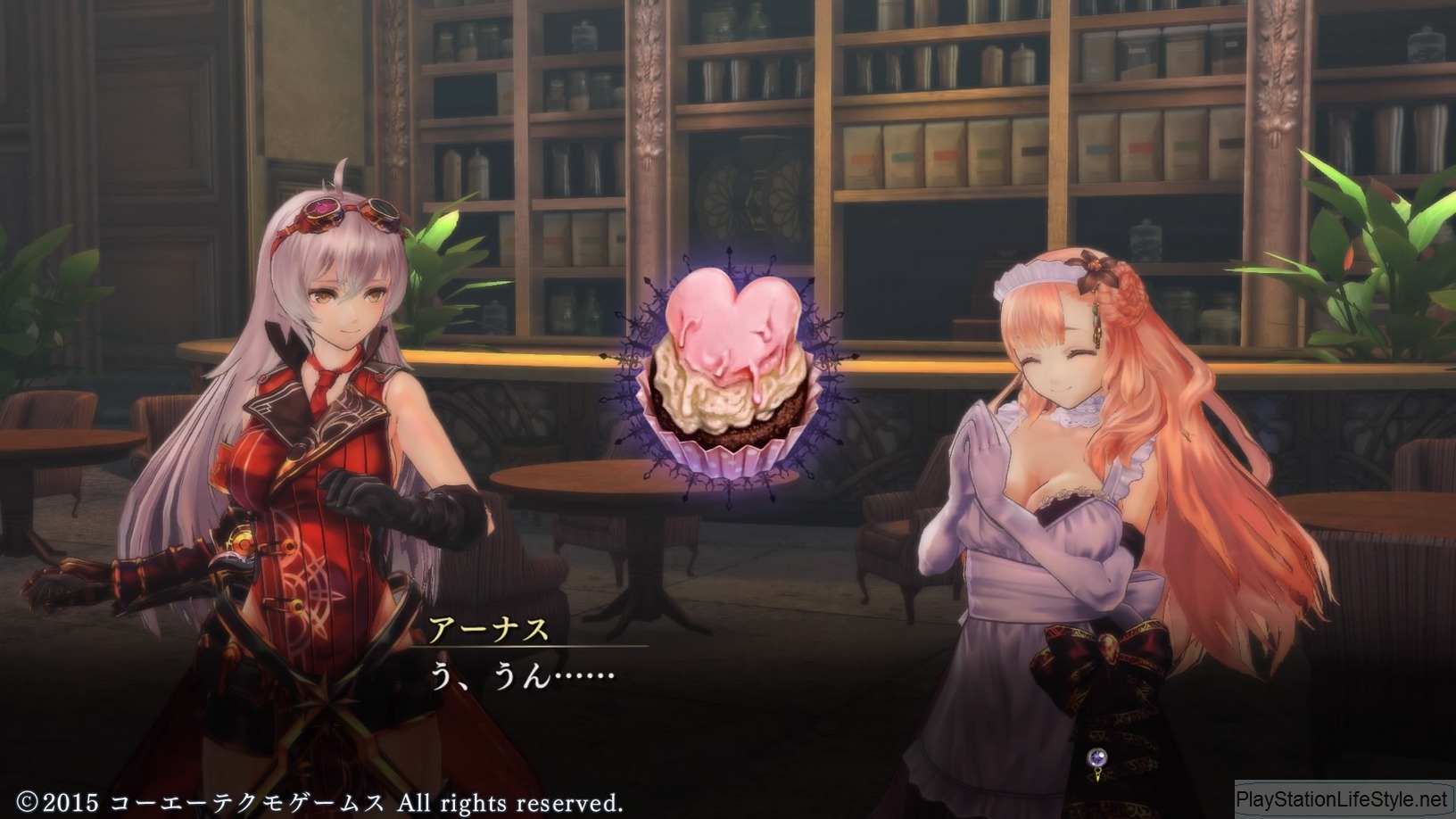
-
Yoru no Nai Kuni Review
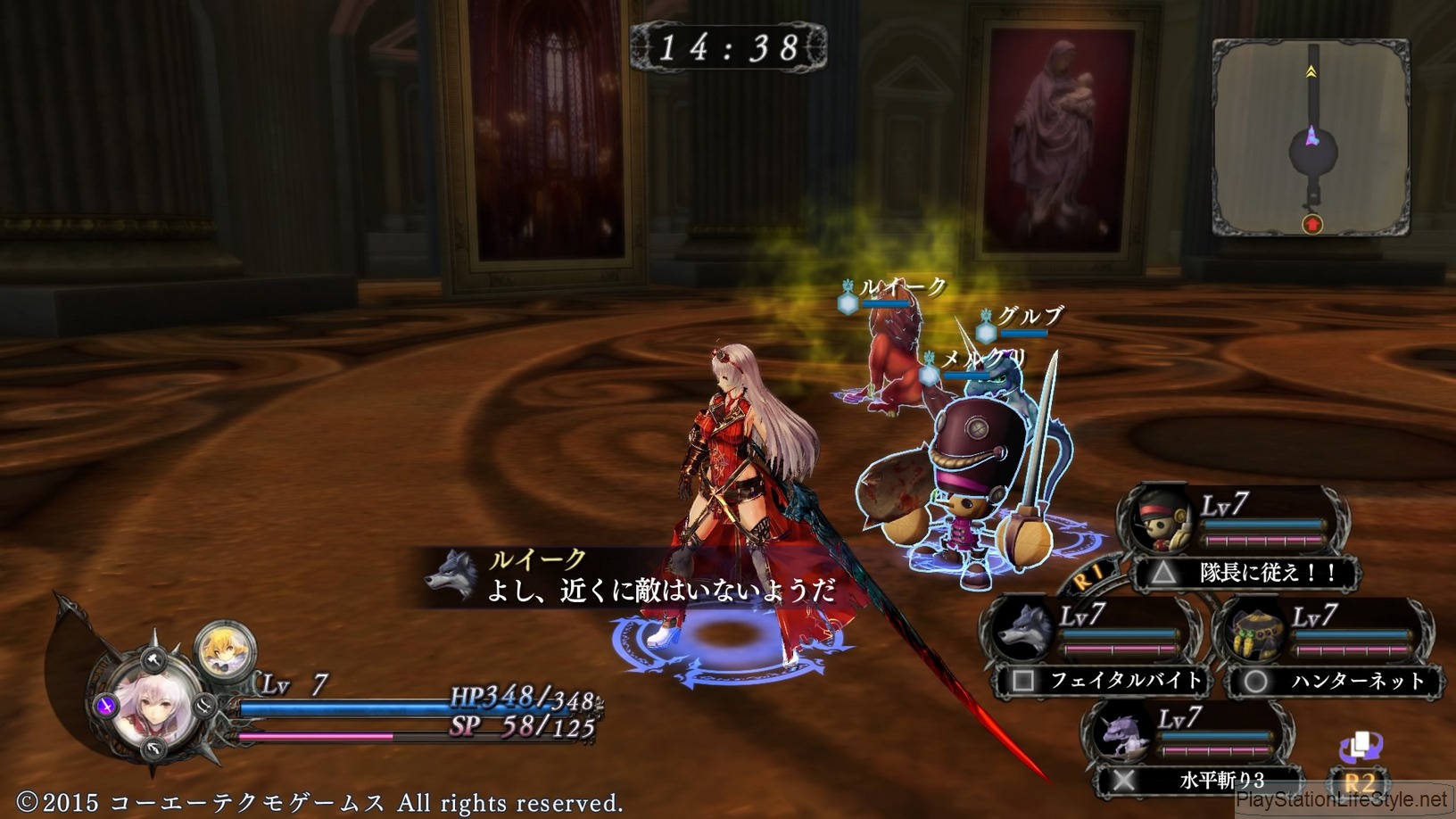
-
Yoru no Nai Kuni Review
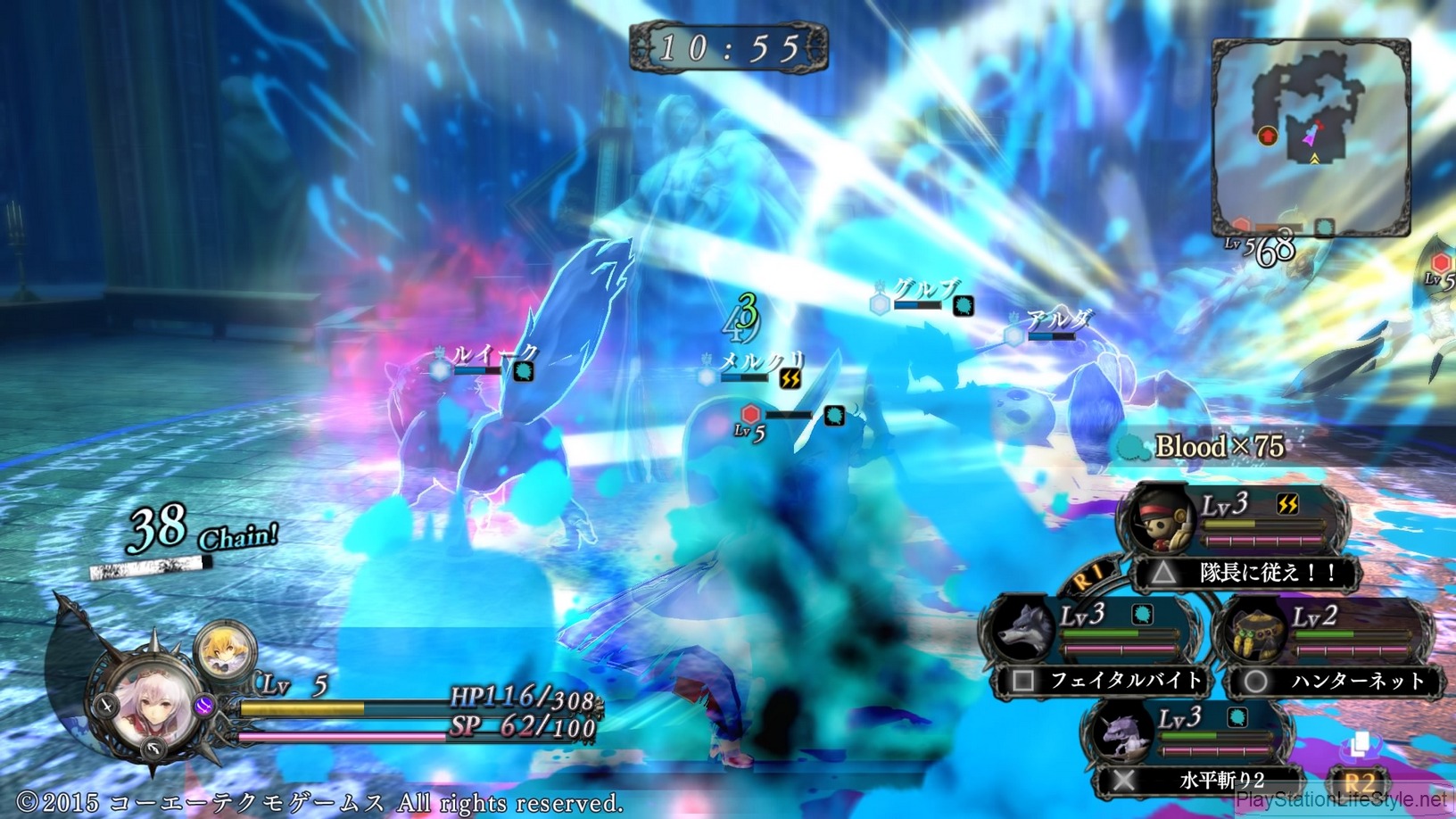
-
Yoru no Nai Kuni Review
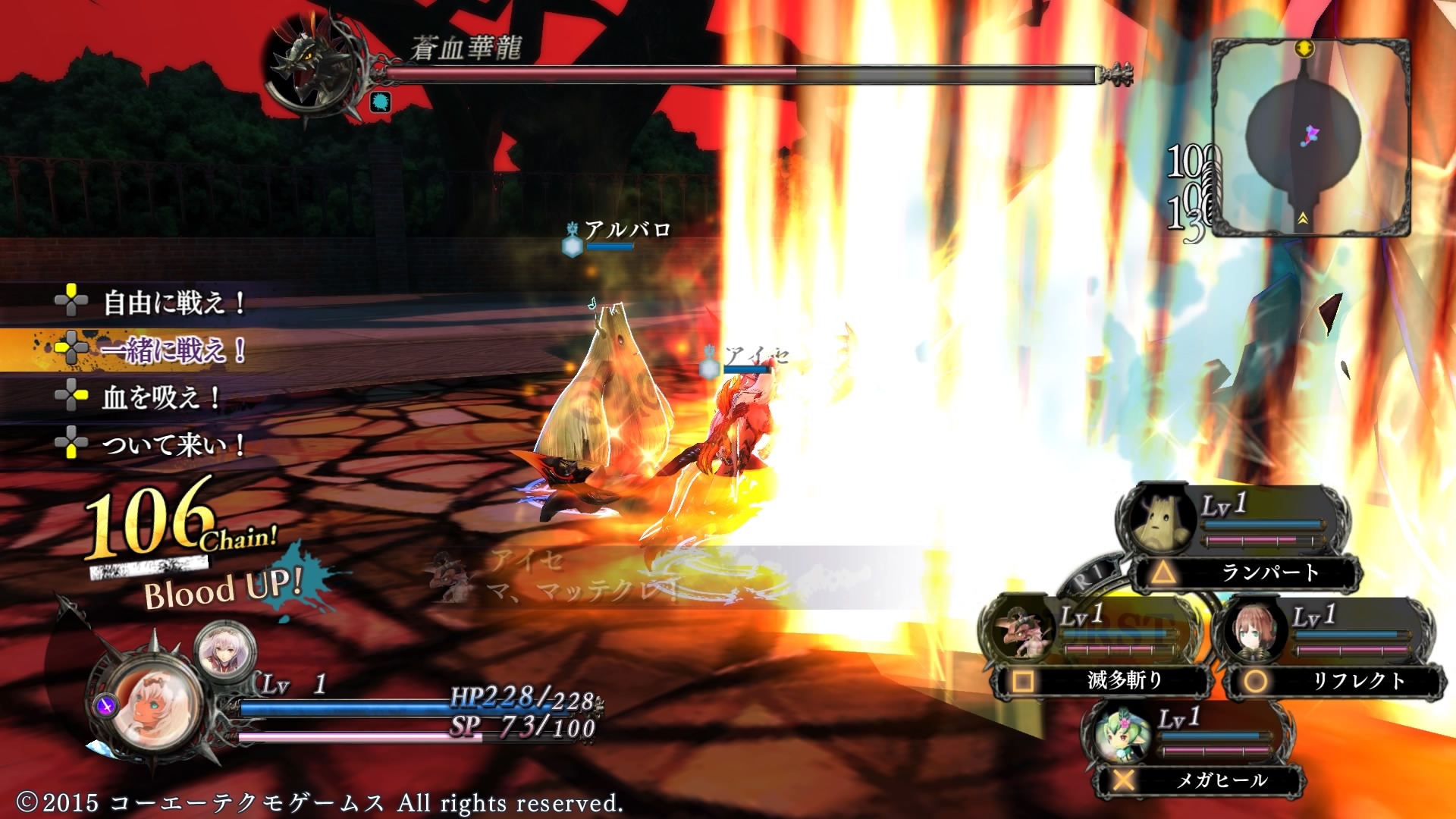
-
Yoru no Nai Kuni Review

-
Yoru no Nai Kuni Review
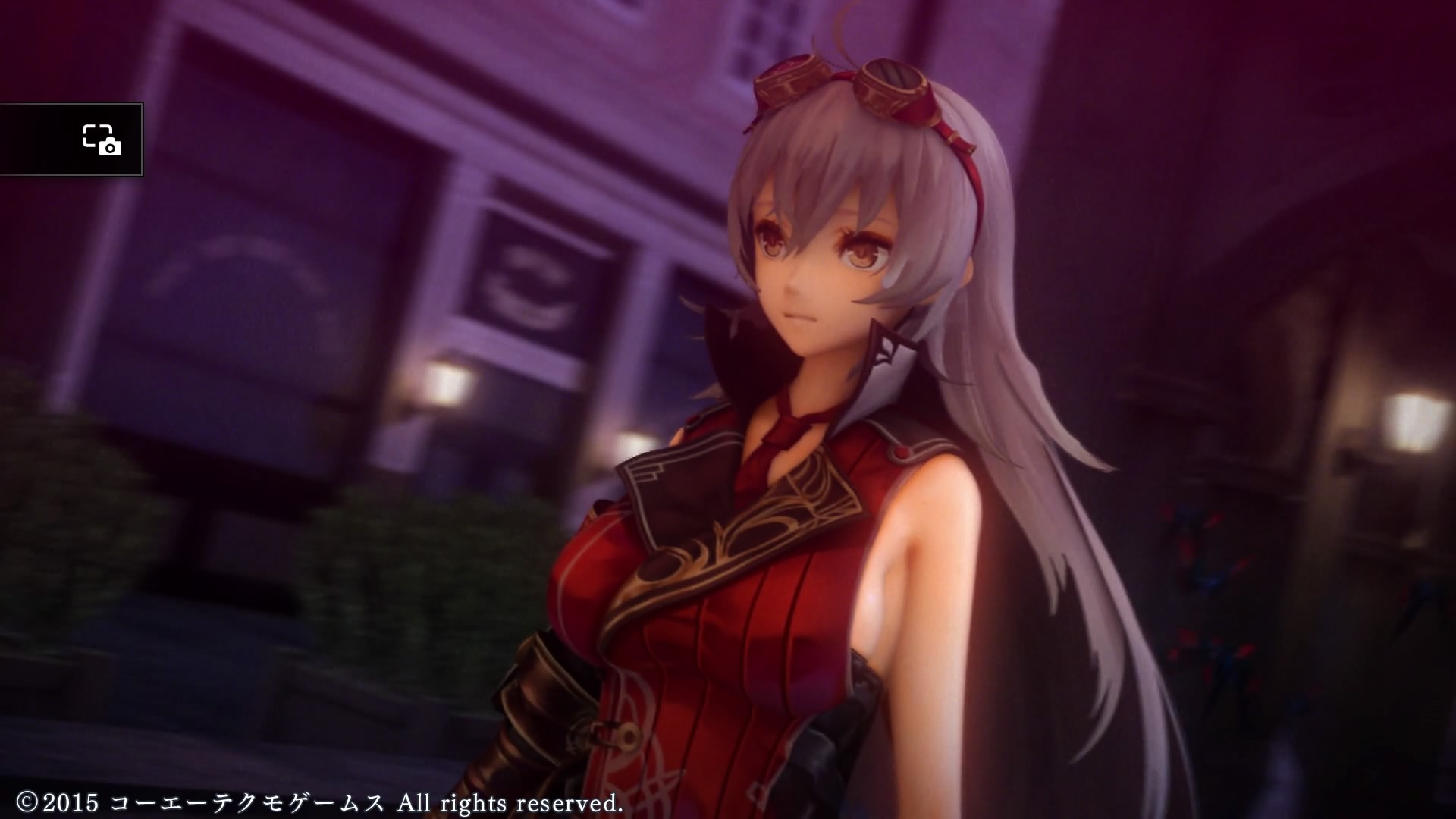
-
Yoru no Nai Kuni Review
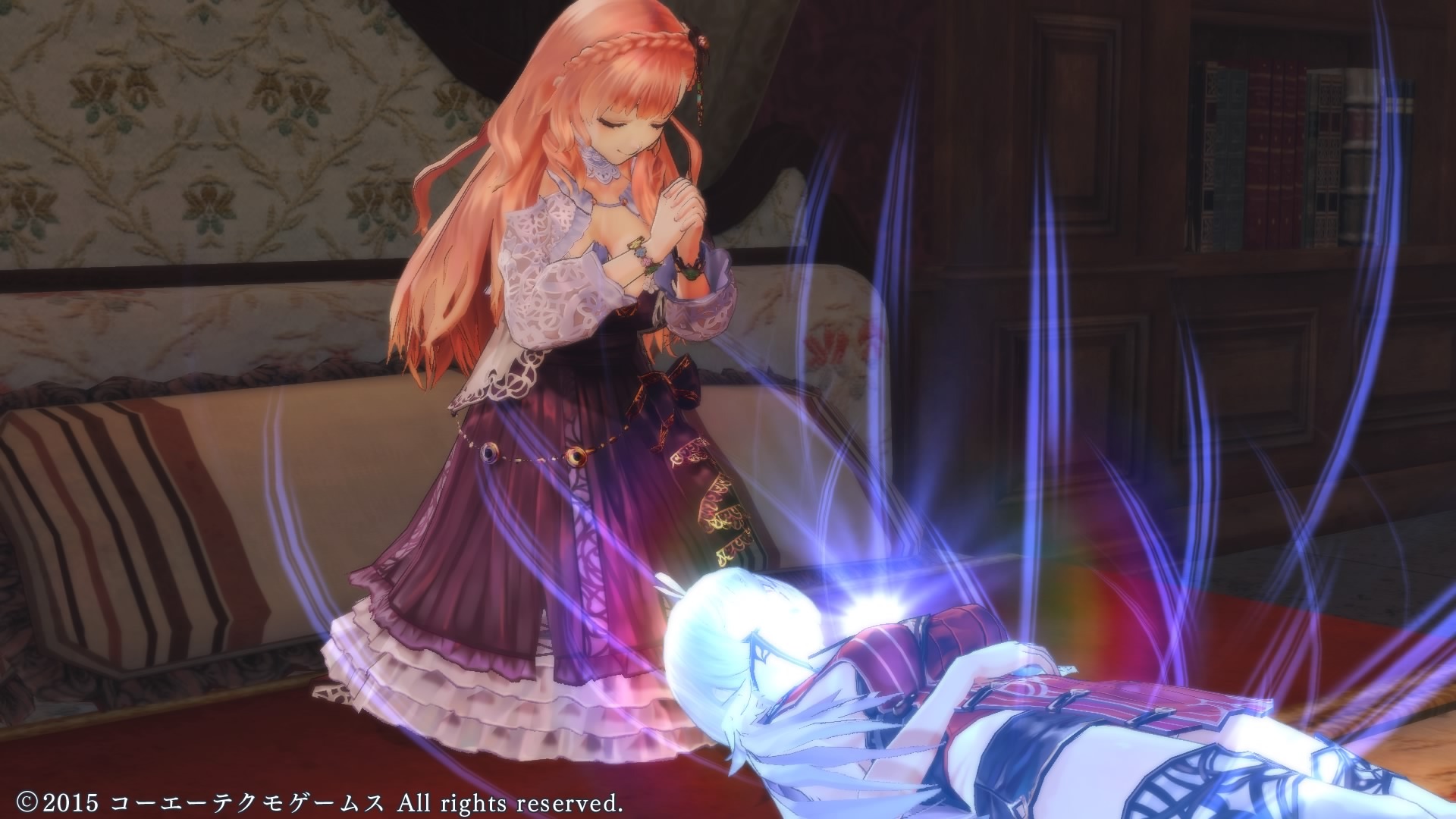
-
Yoru no Nai Kuni Review
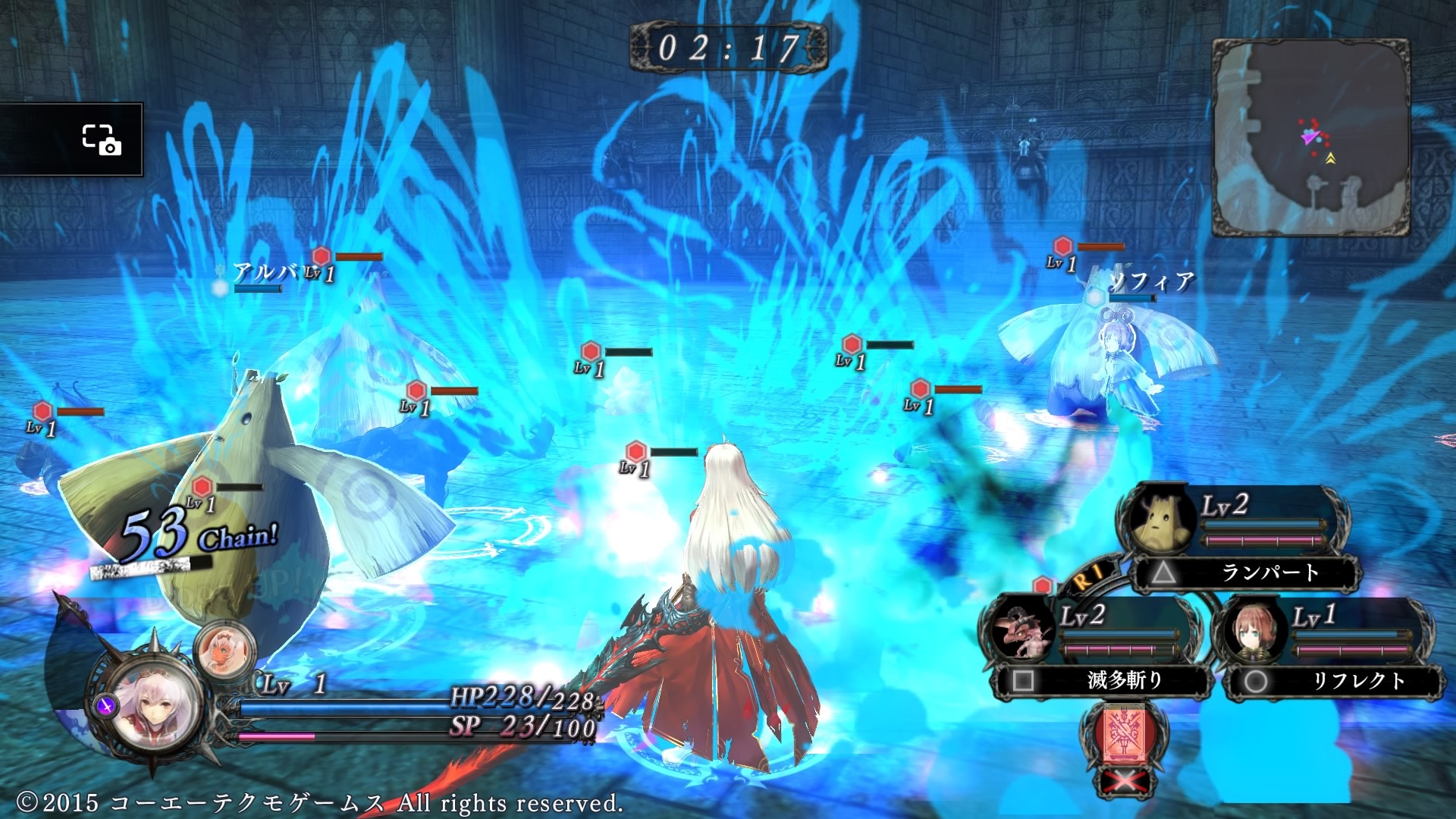
-
Yoru no Nai Kuni Review
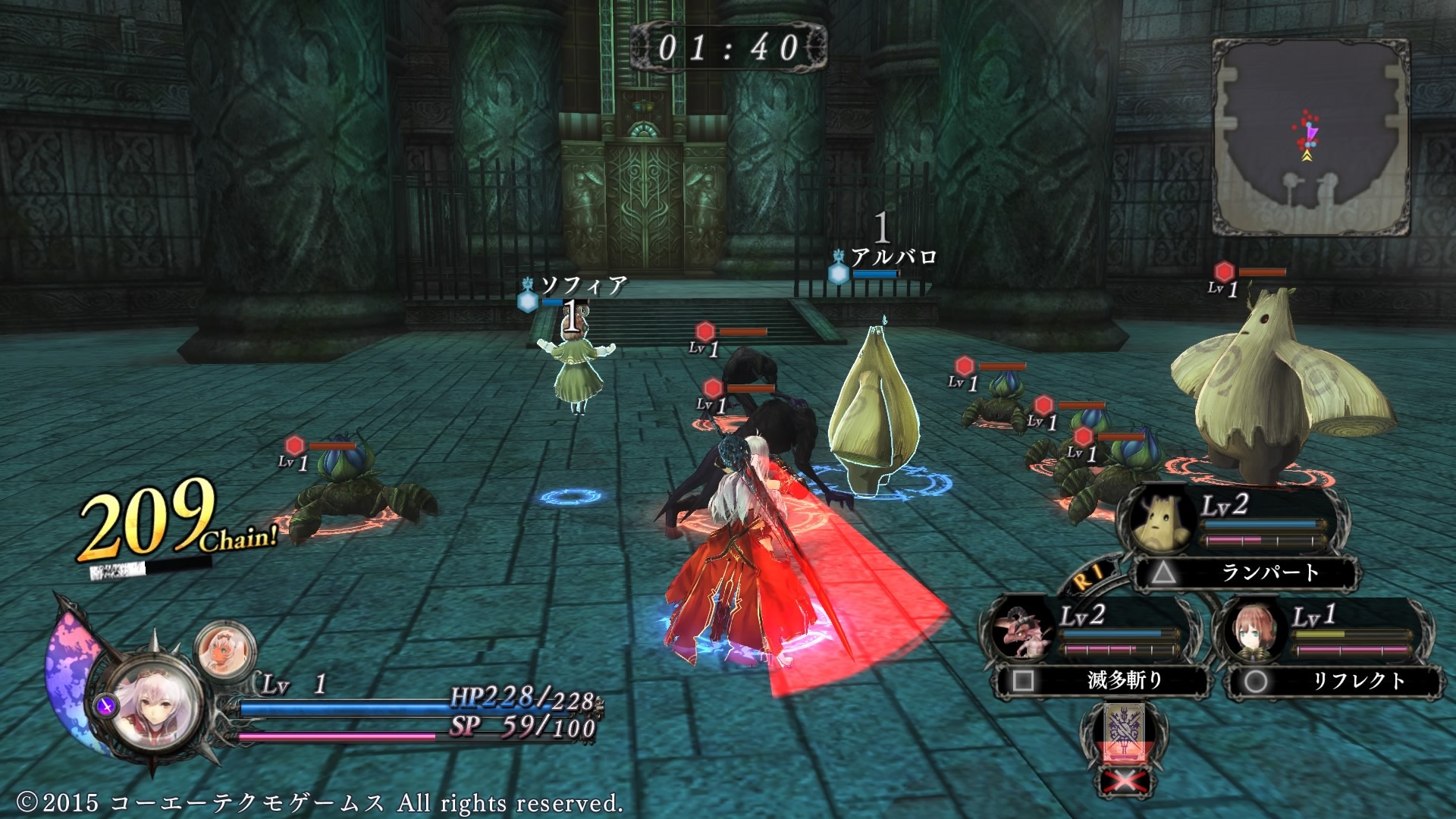
-
Yoru no Nai Kuni Review
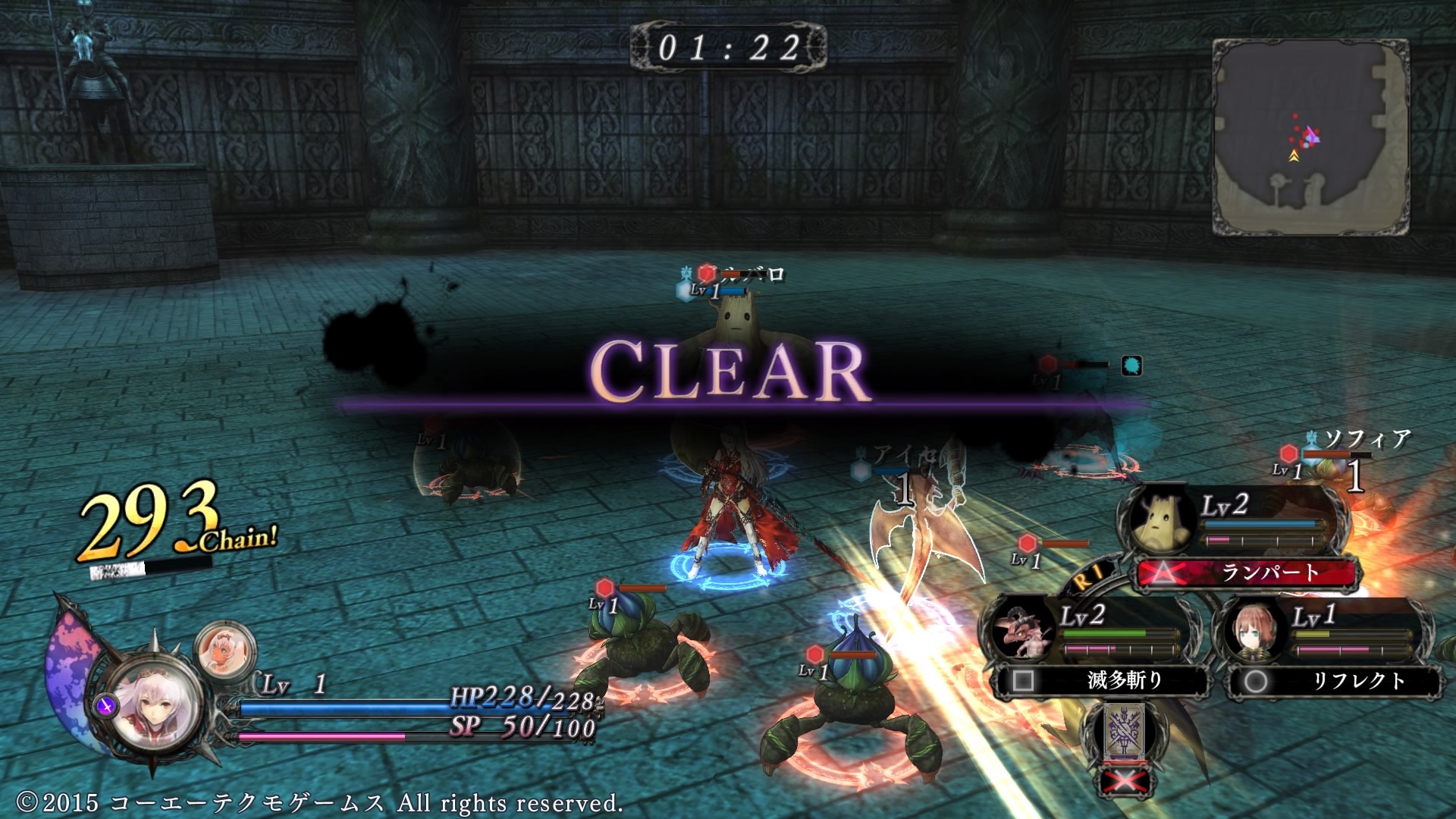
-
Yoru no Nai Kuni Review
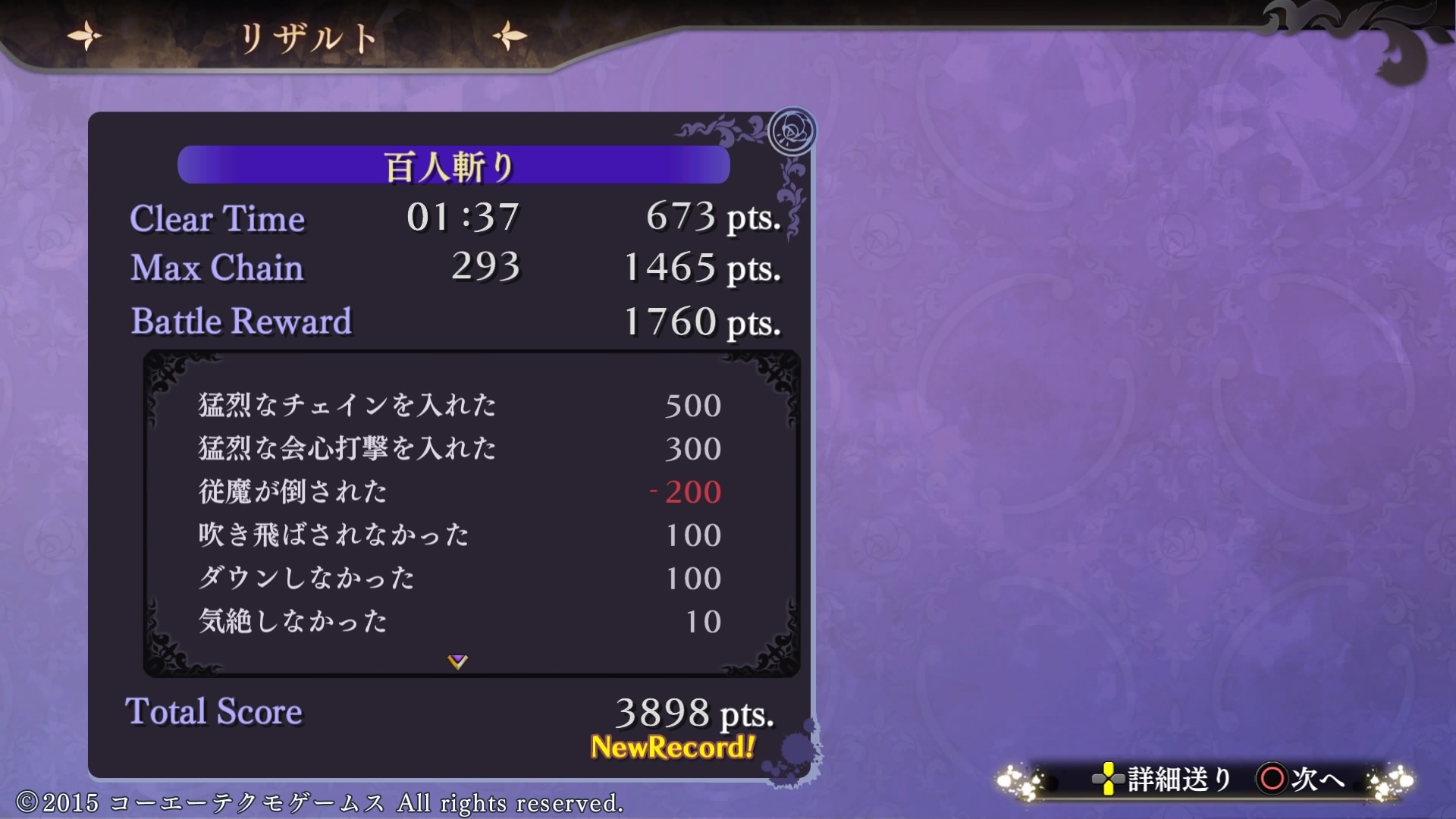
-
Yoru no Nai Kuni Review
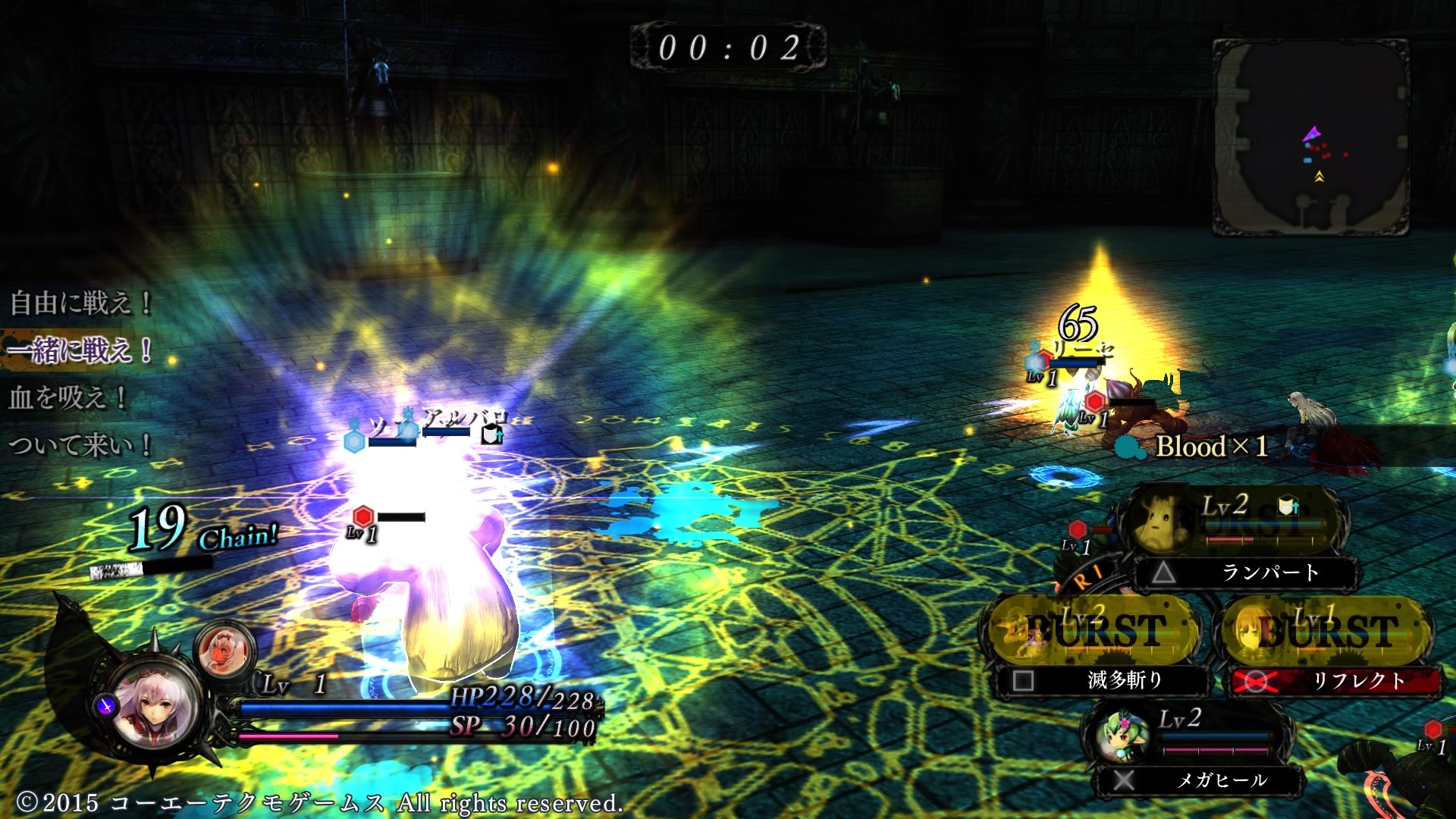
-
Yoru no Nai Kuni Review
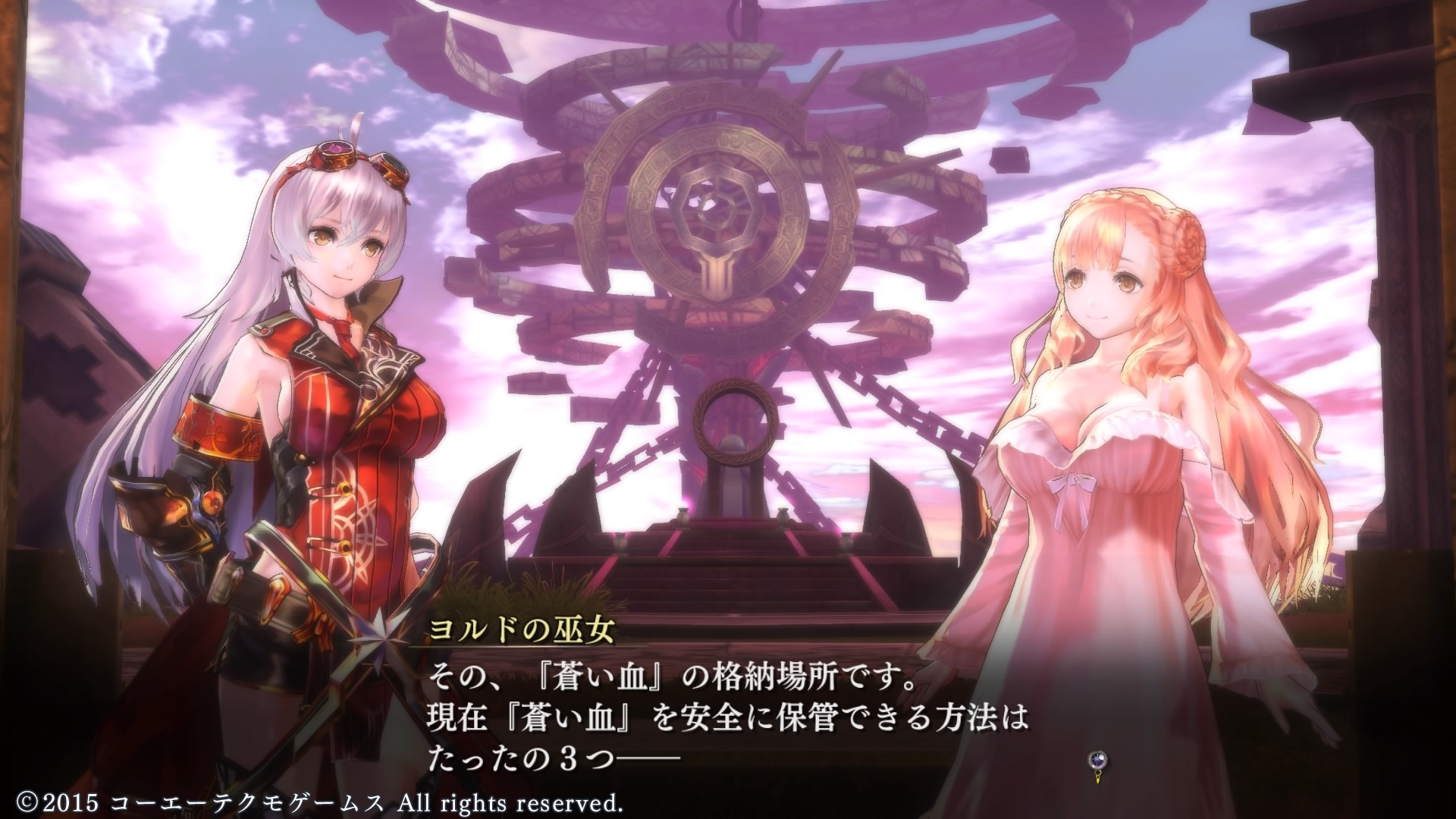
-
Yoru no Nai Kuni Review
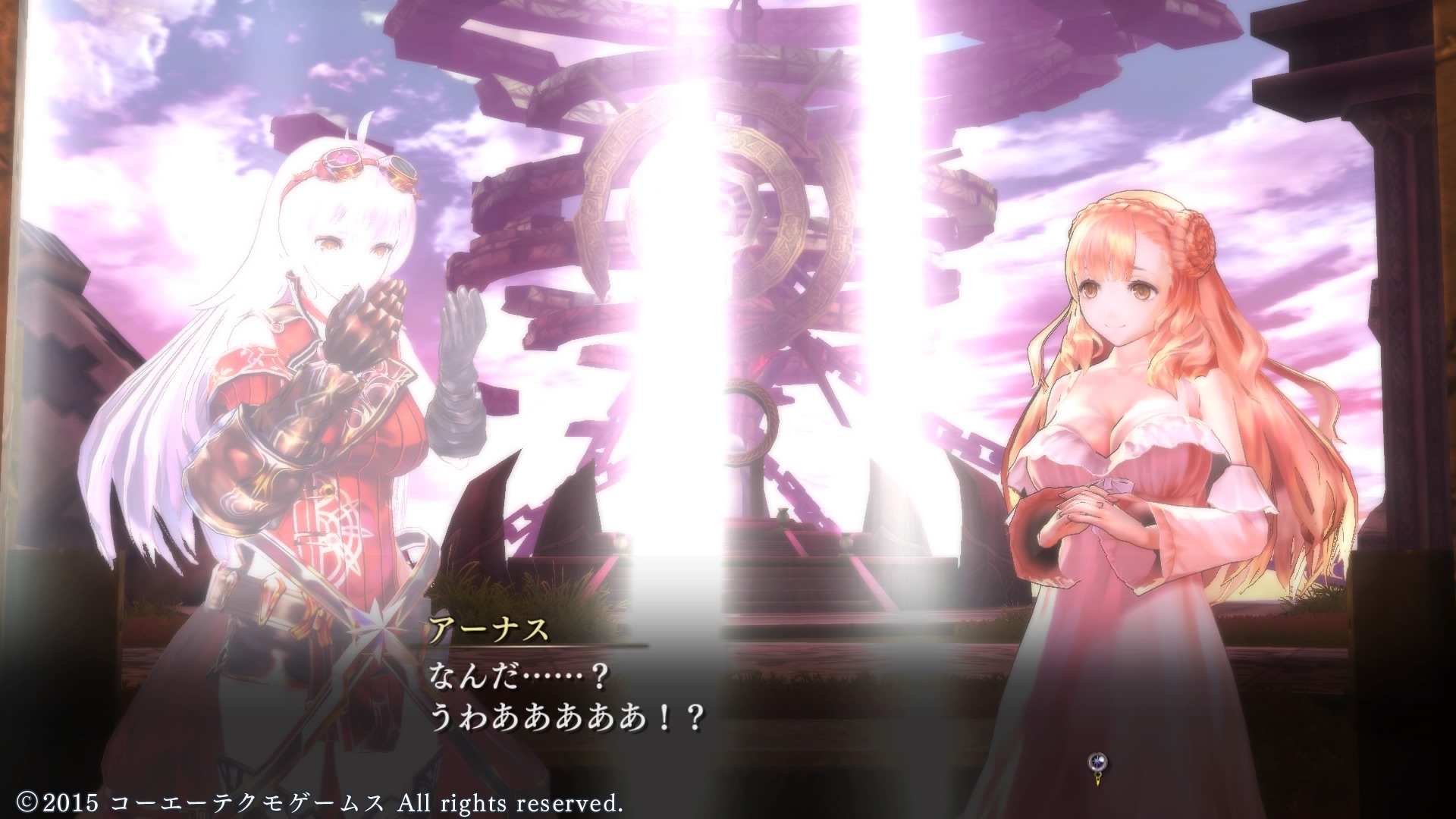
-
Yoru no Nai Kuni Review
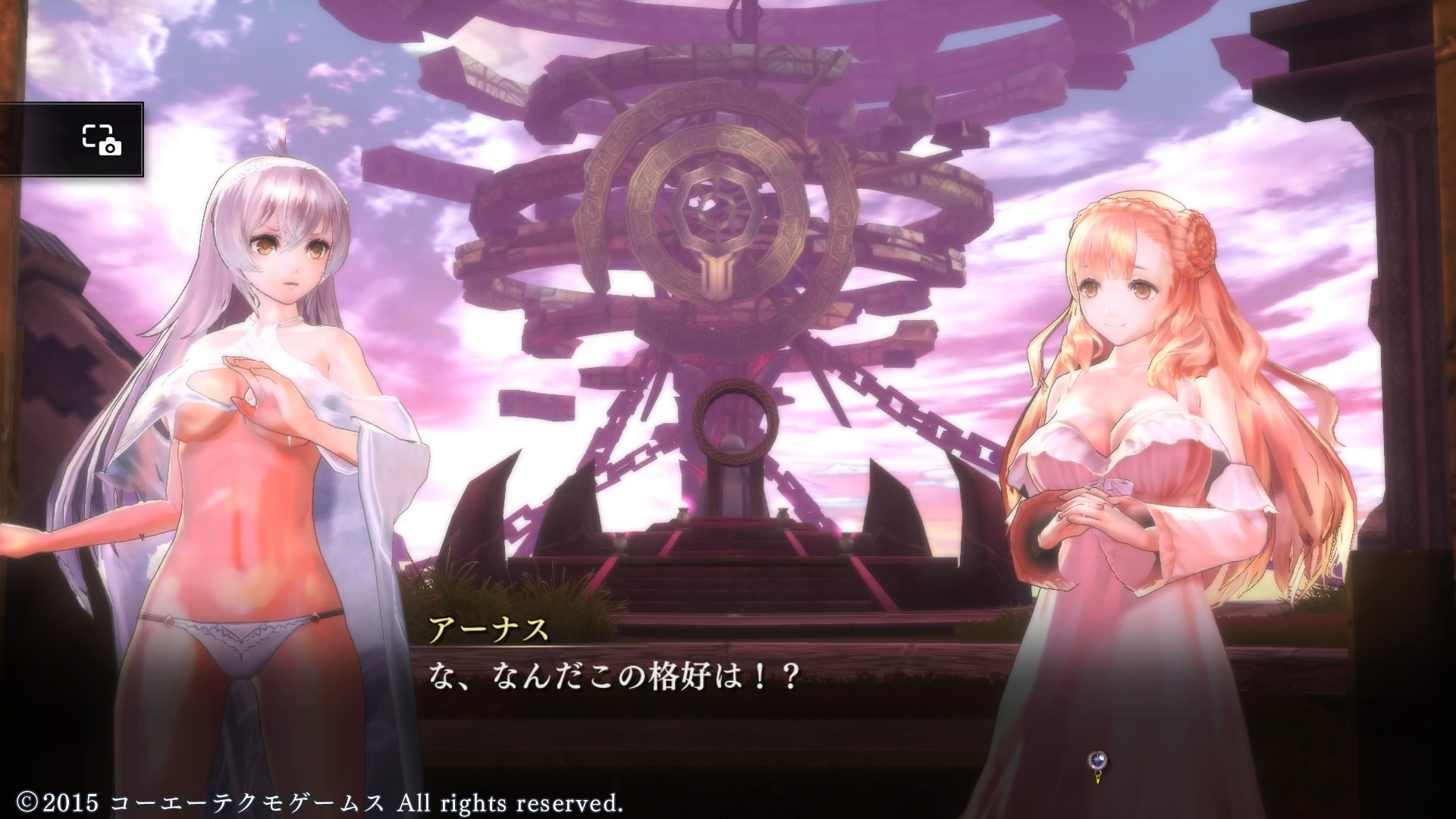
-
Yoru no Nai Kuni Review
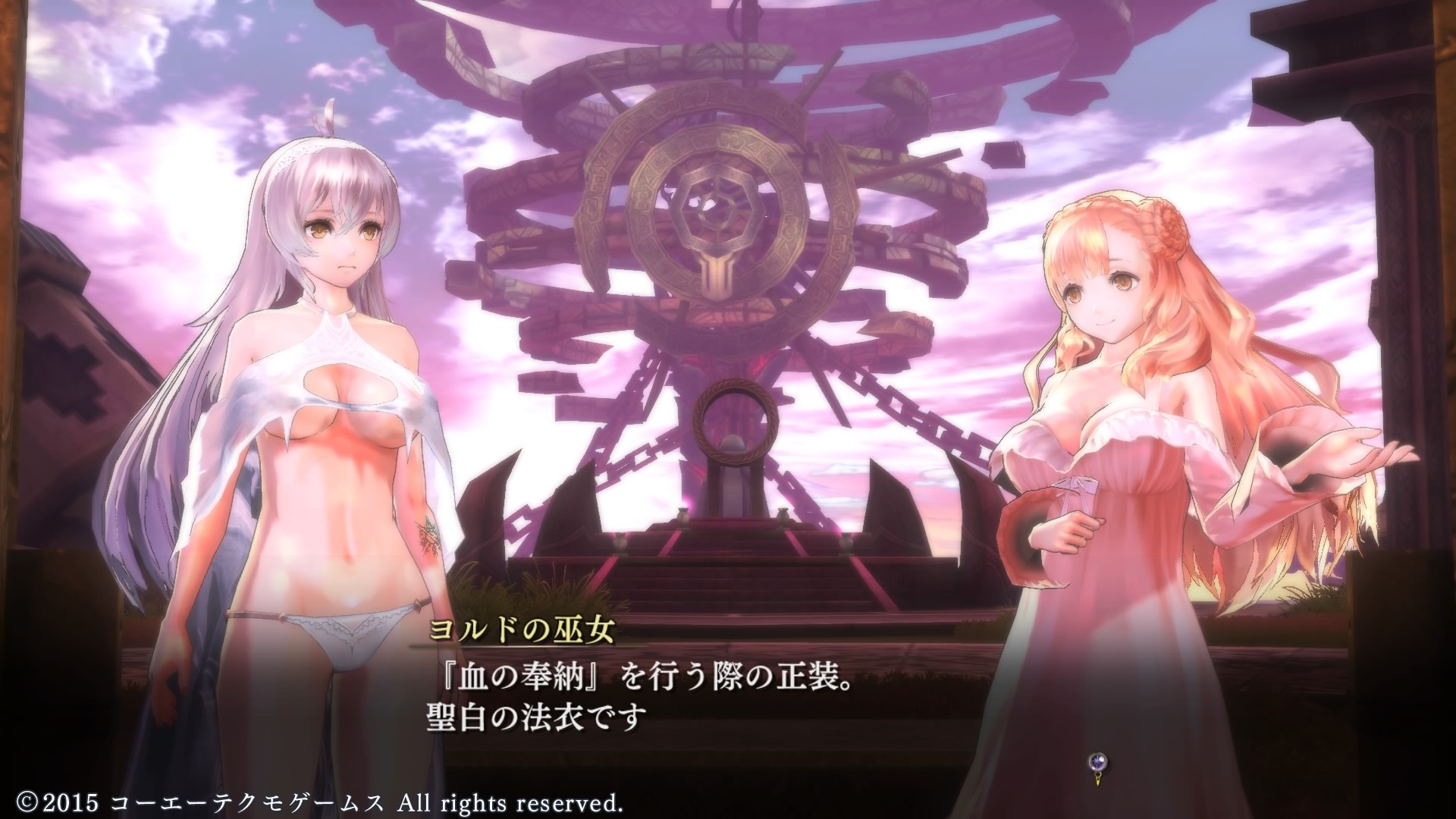
-
Yoru no Nai Kuni Review

